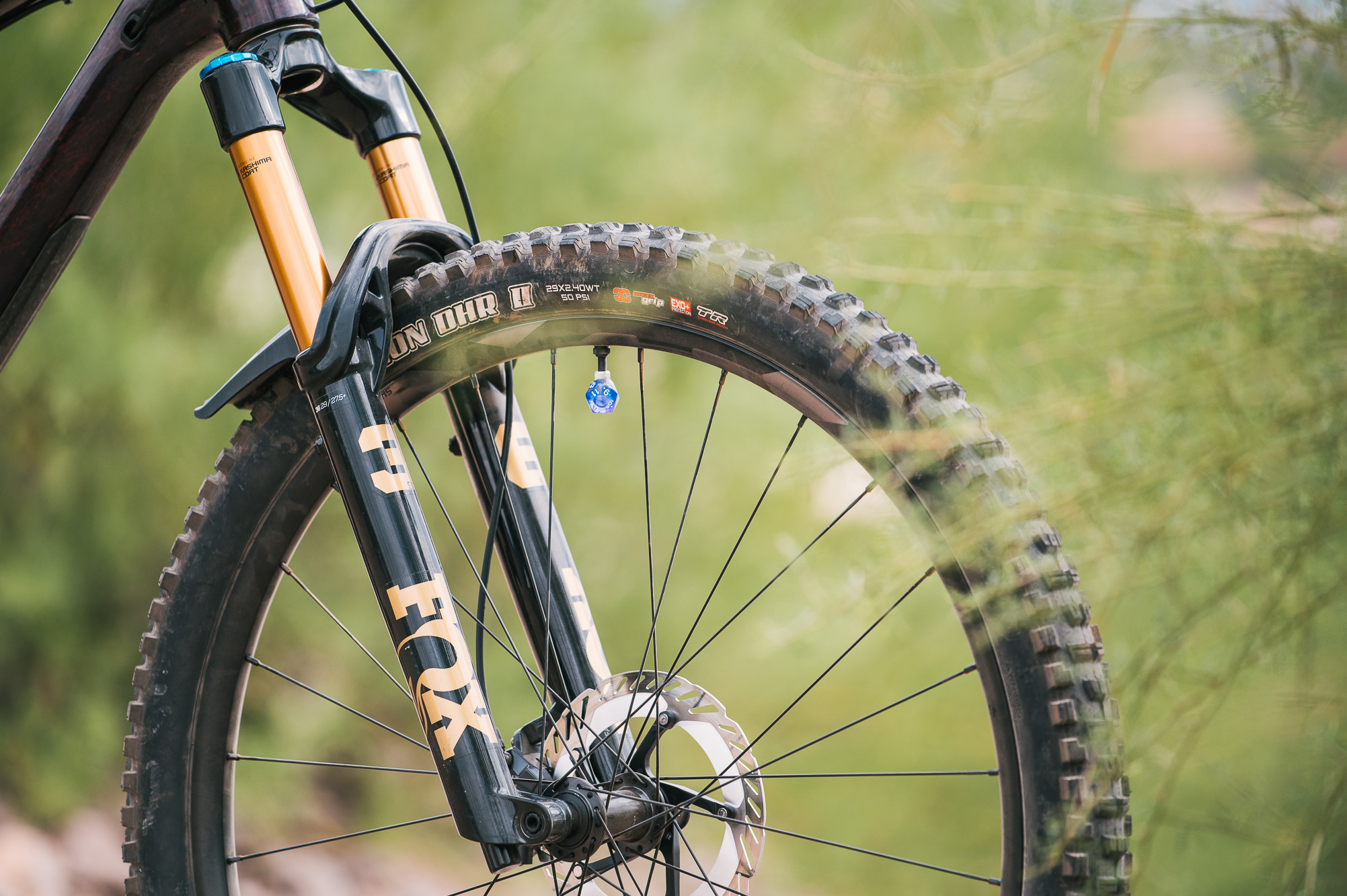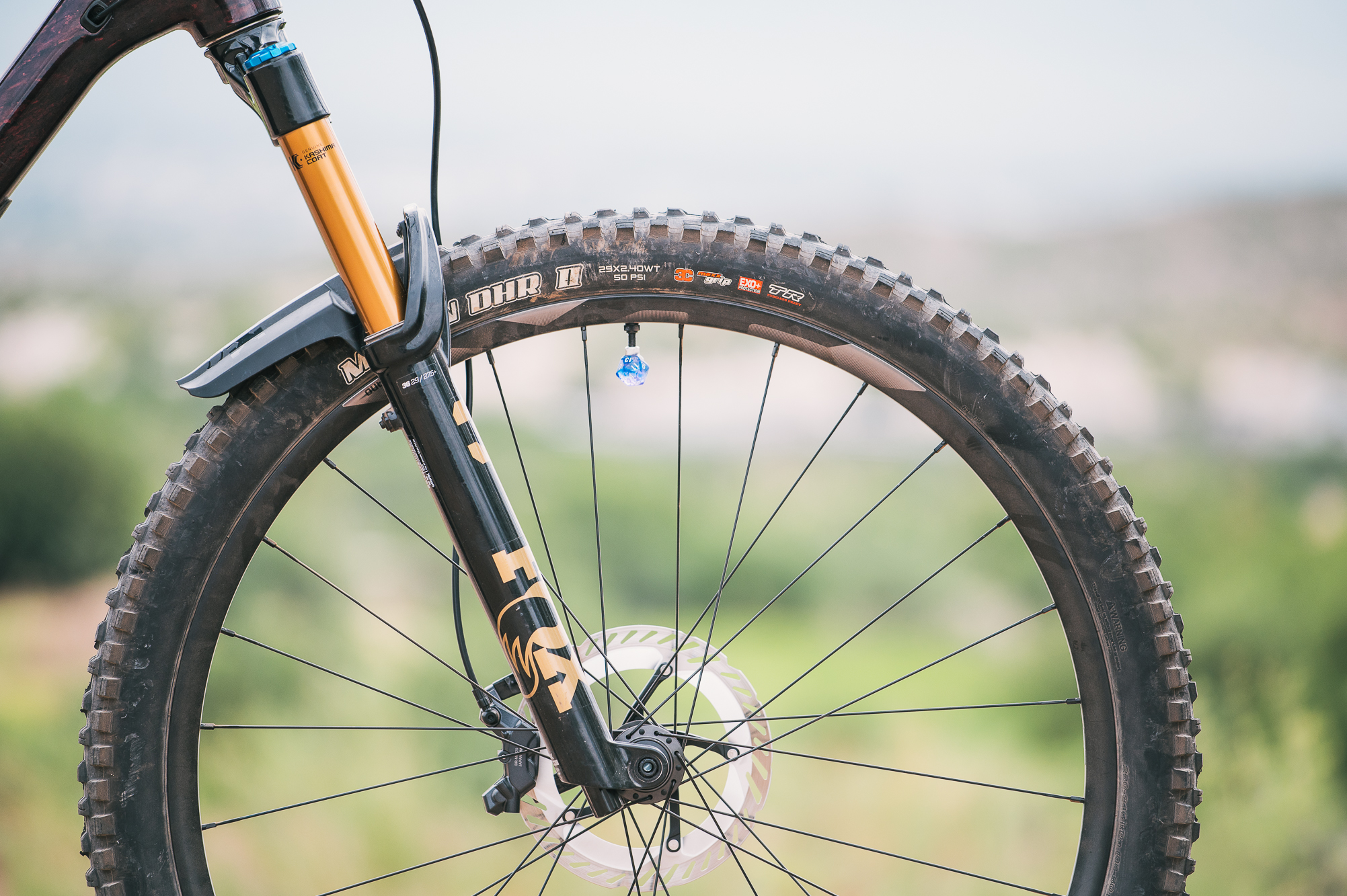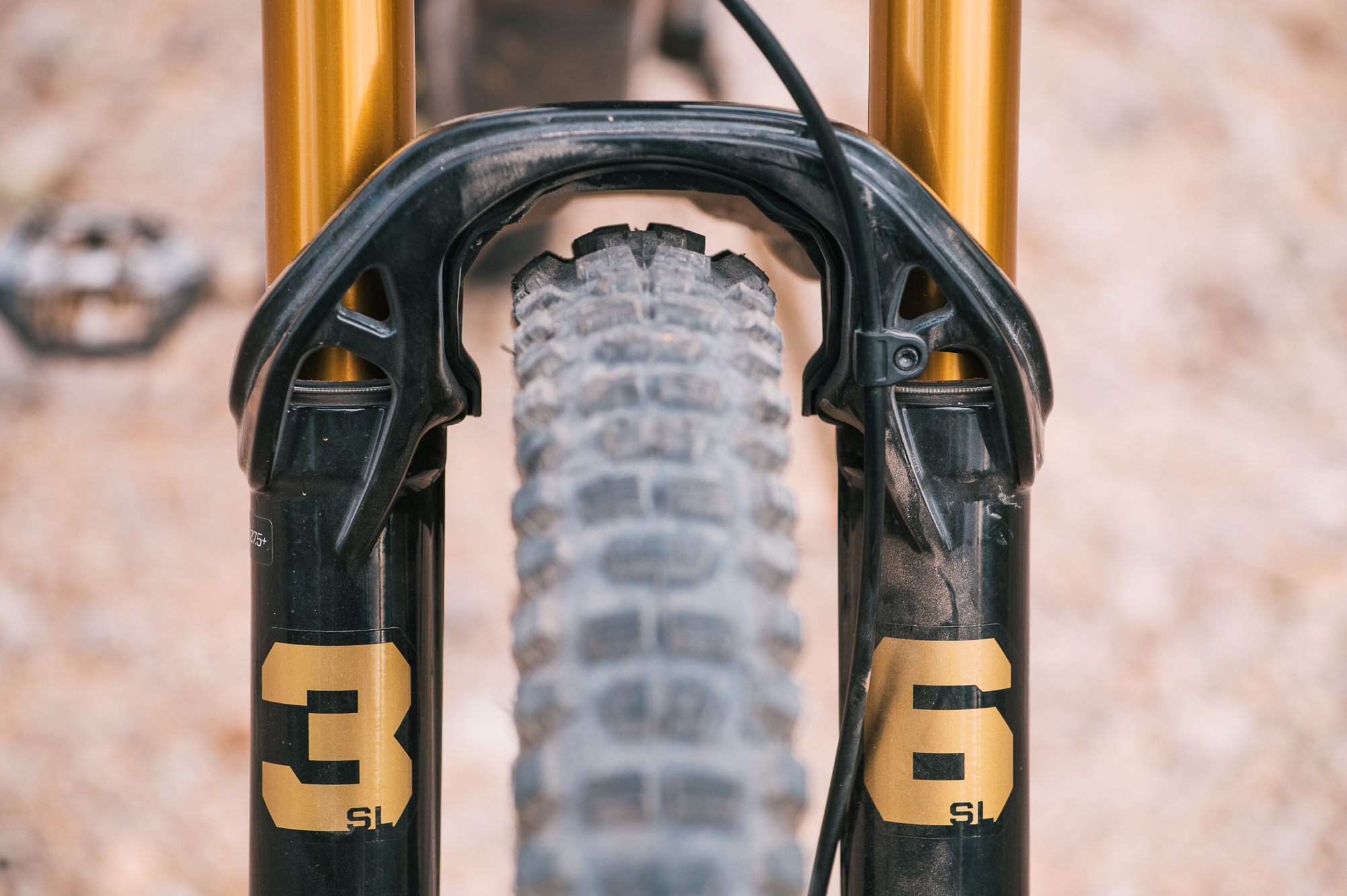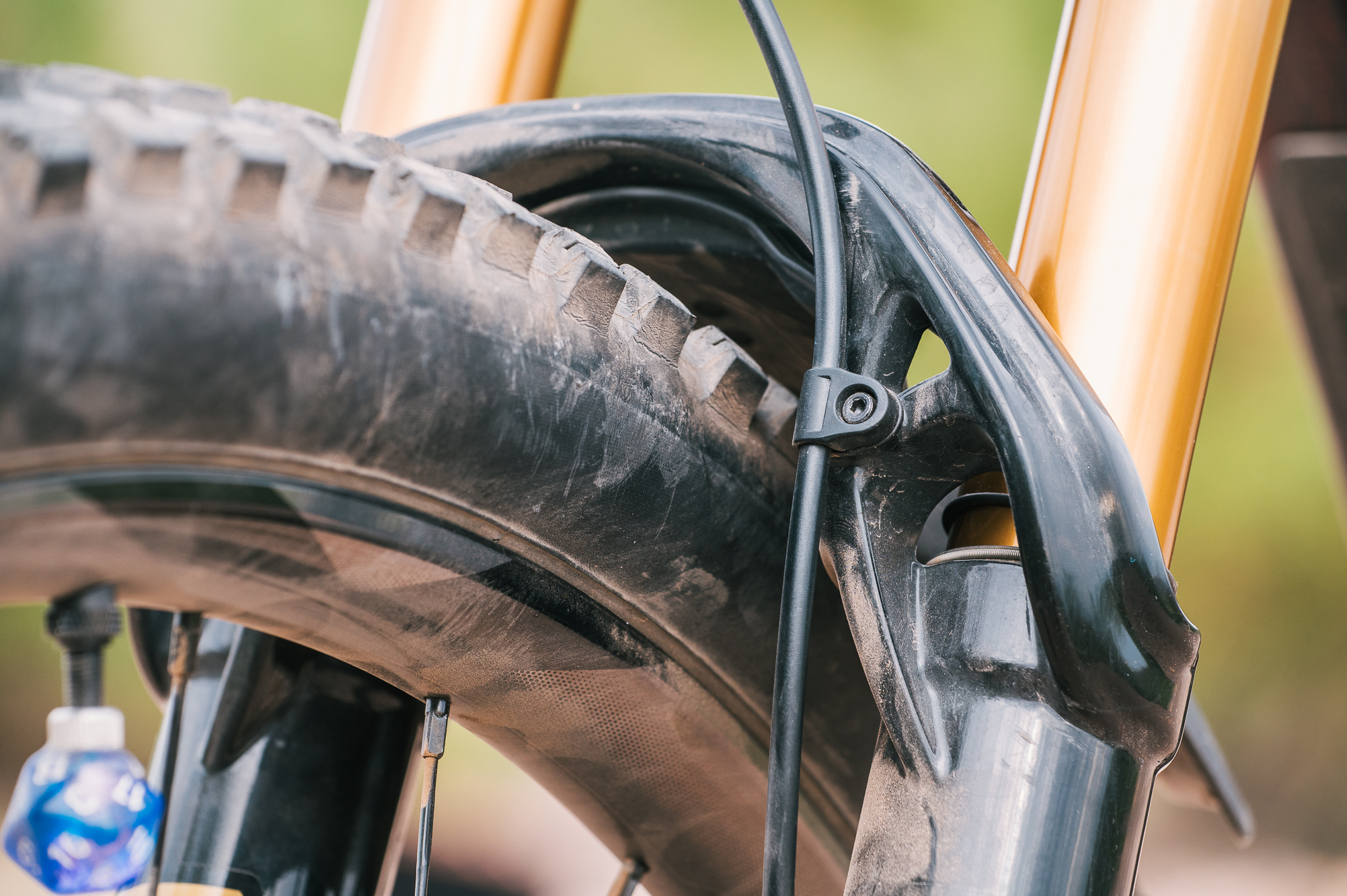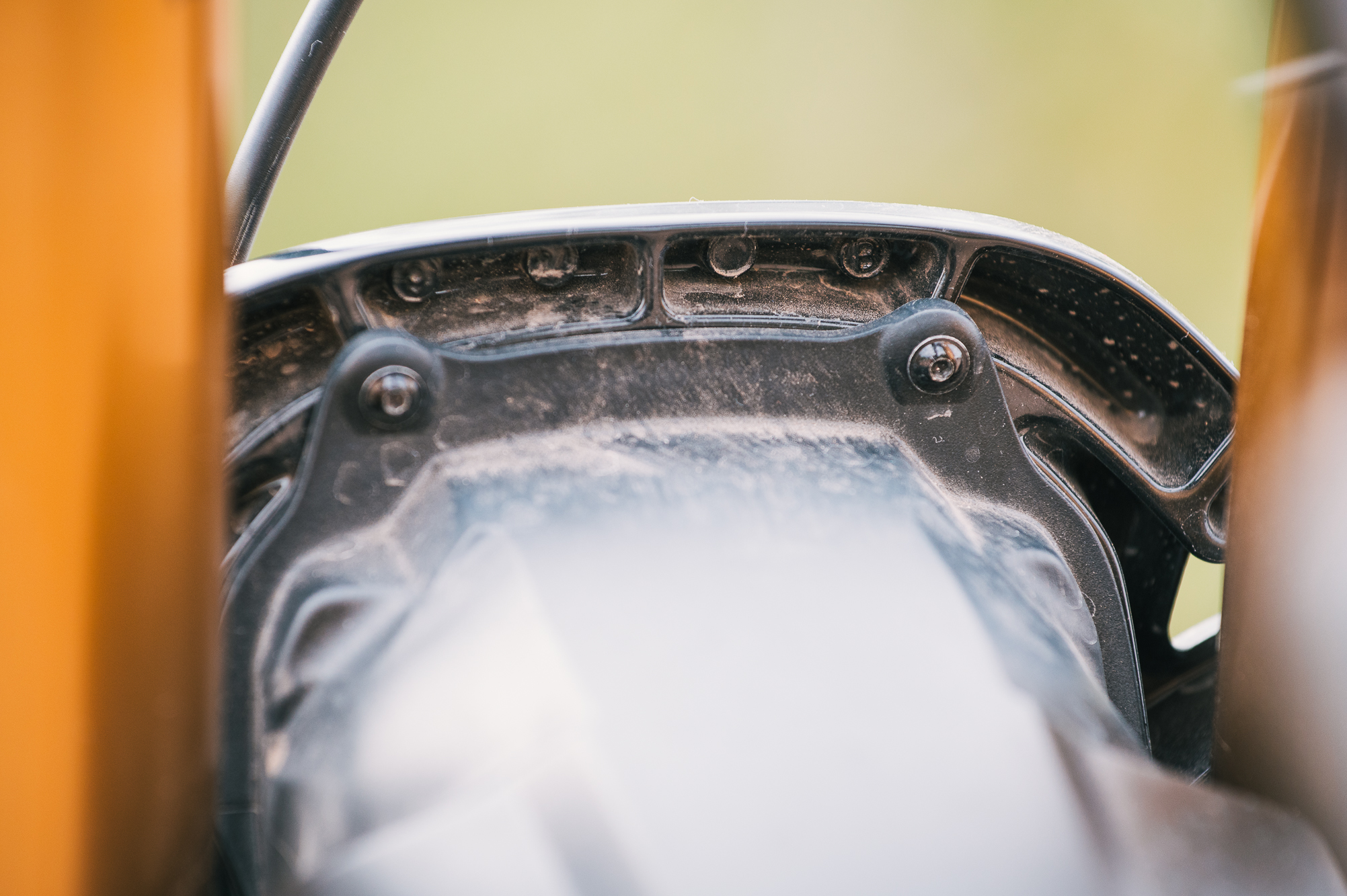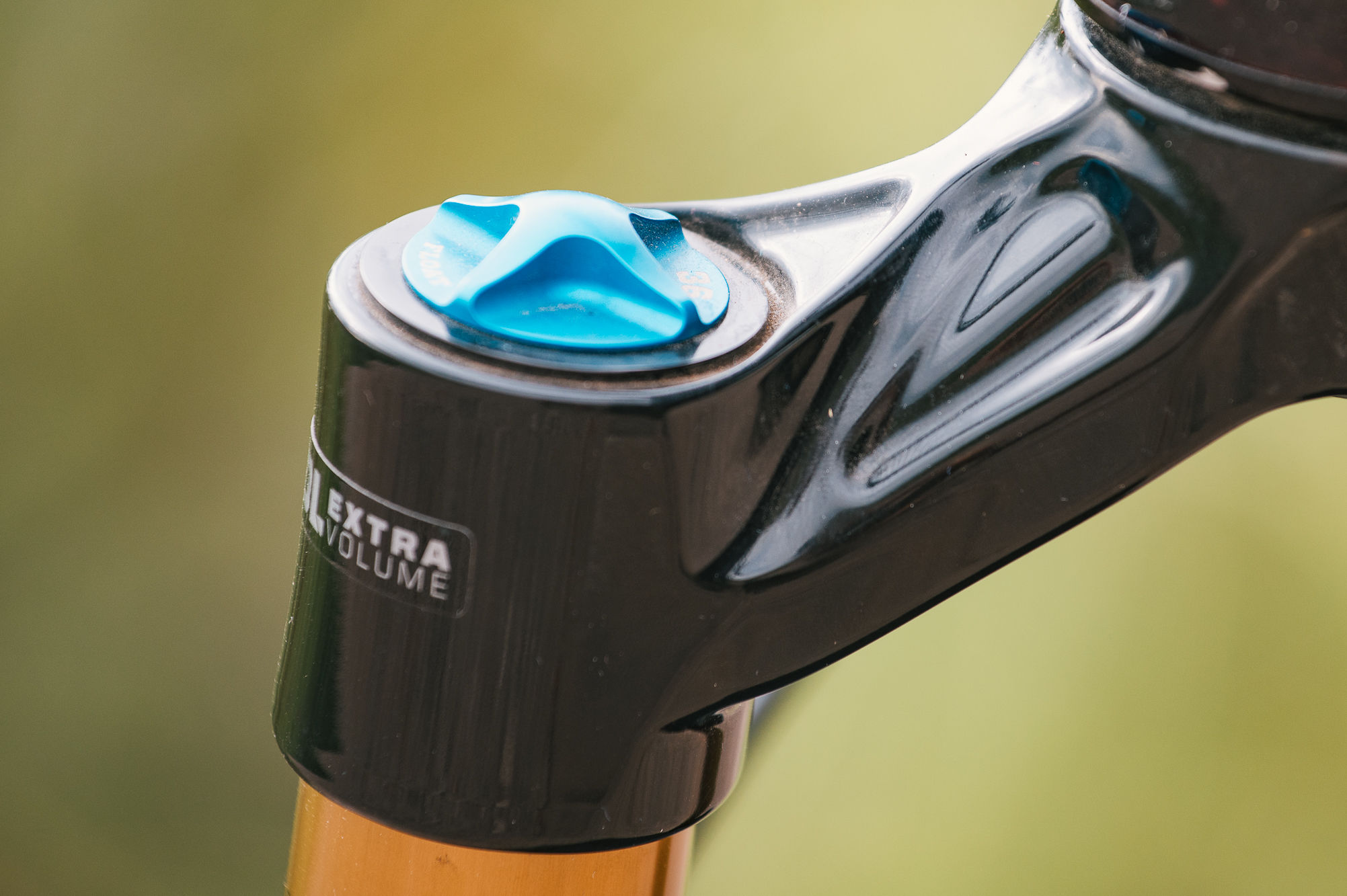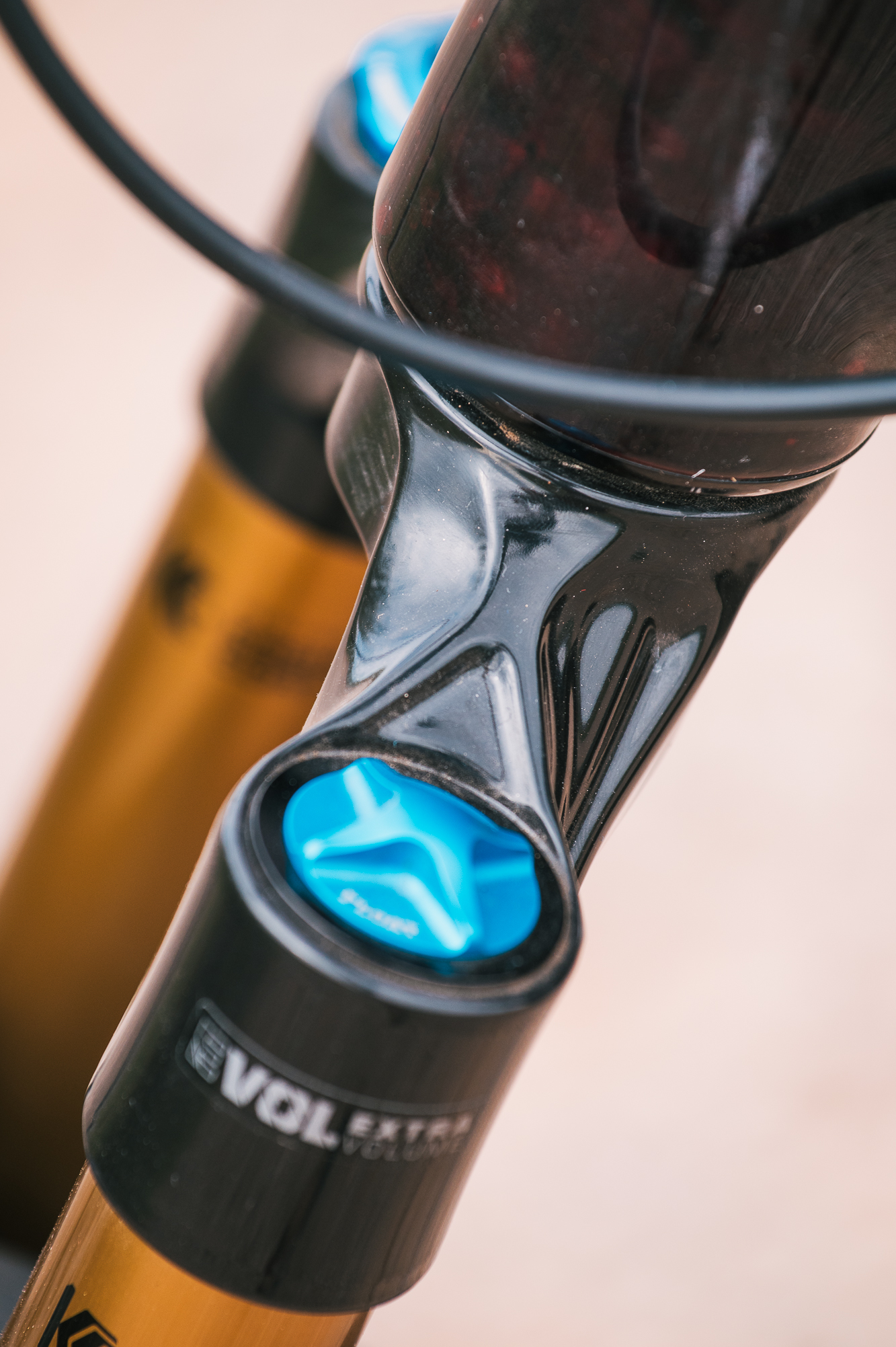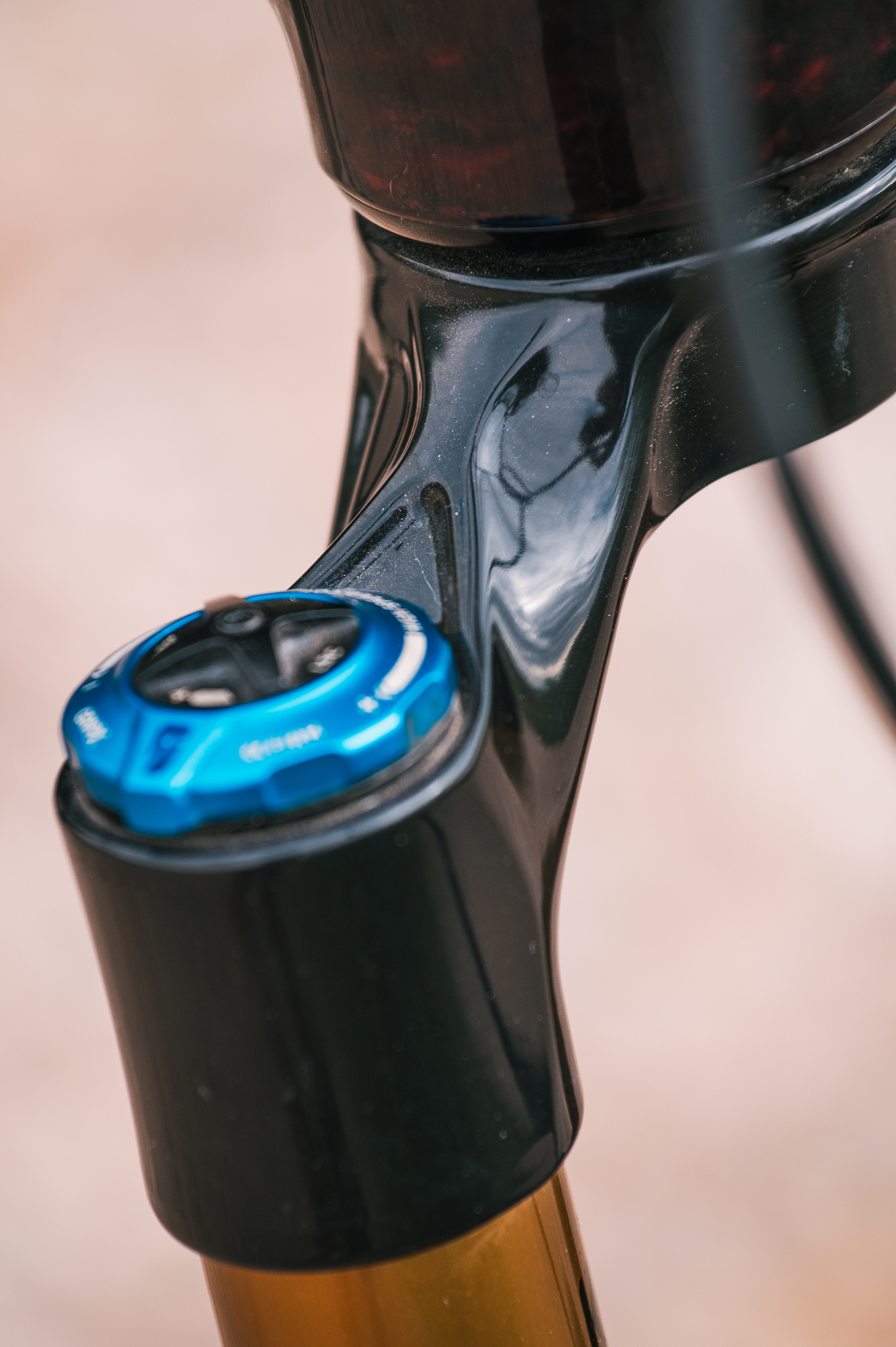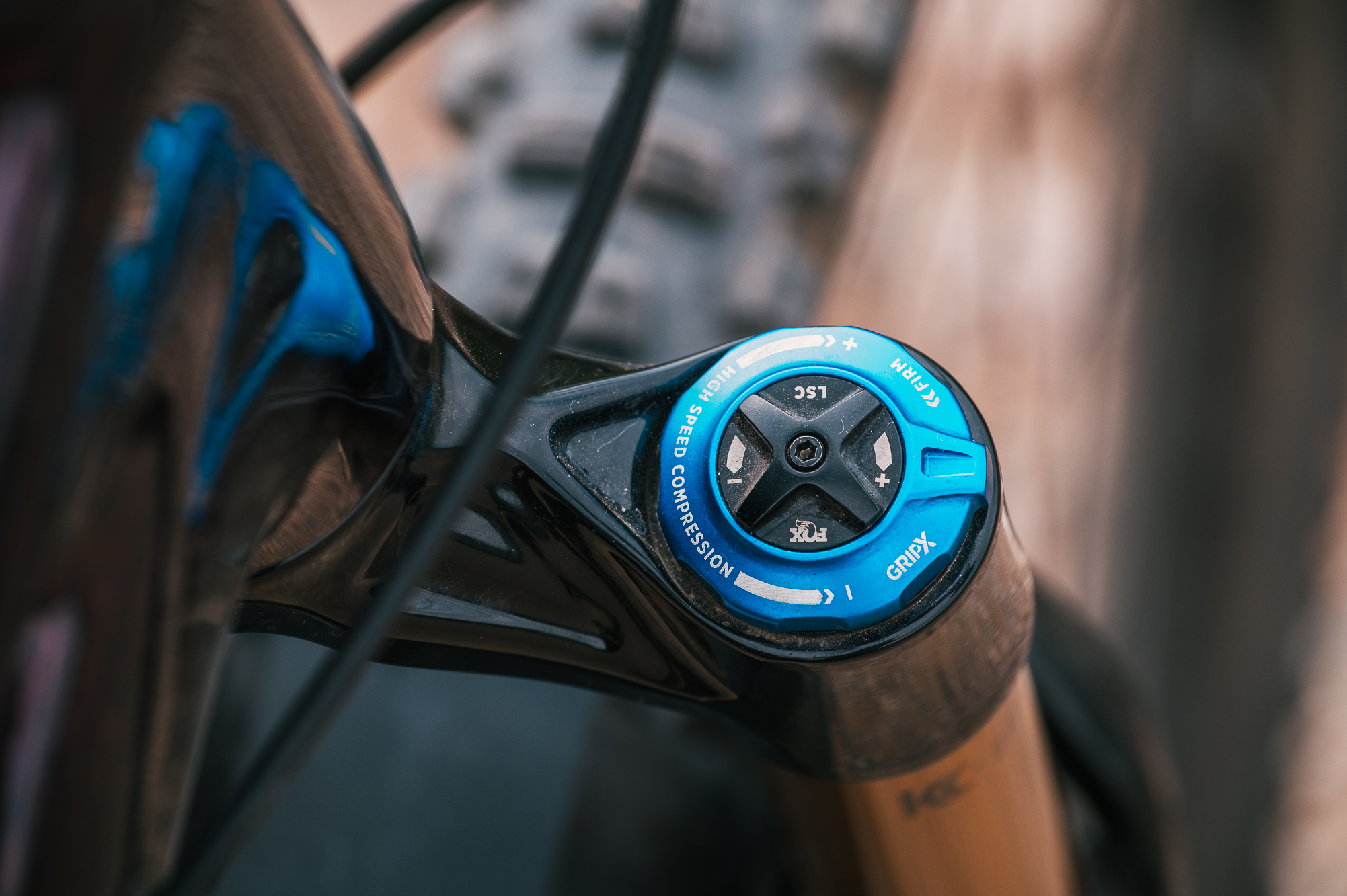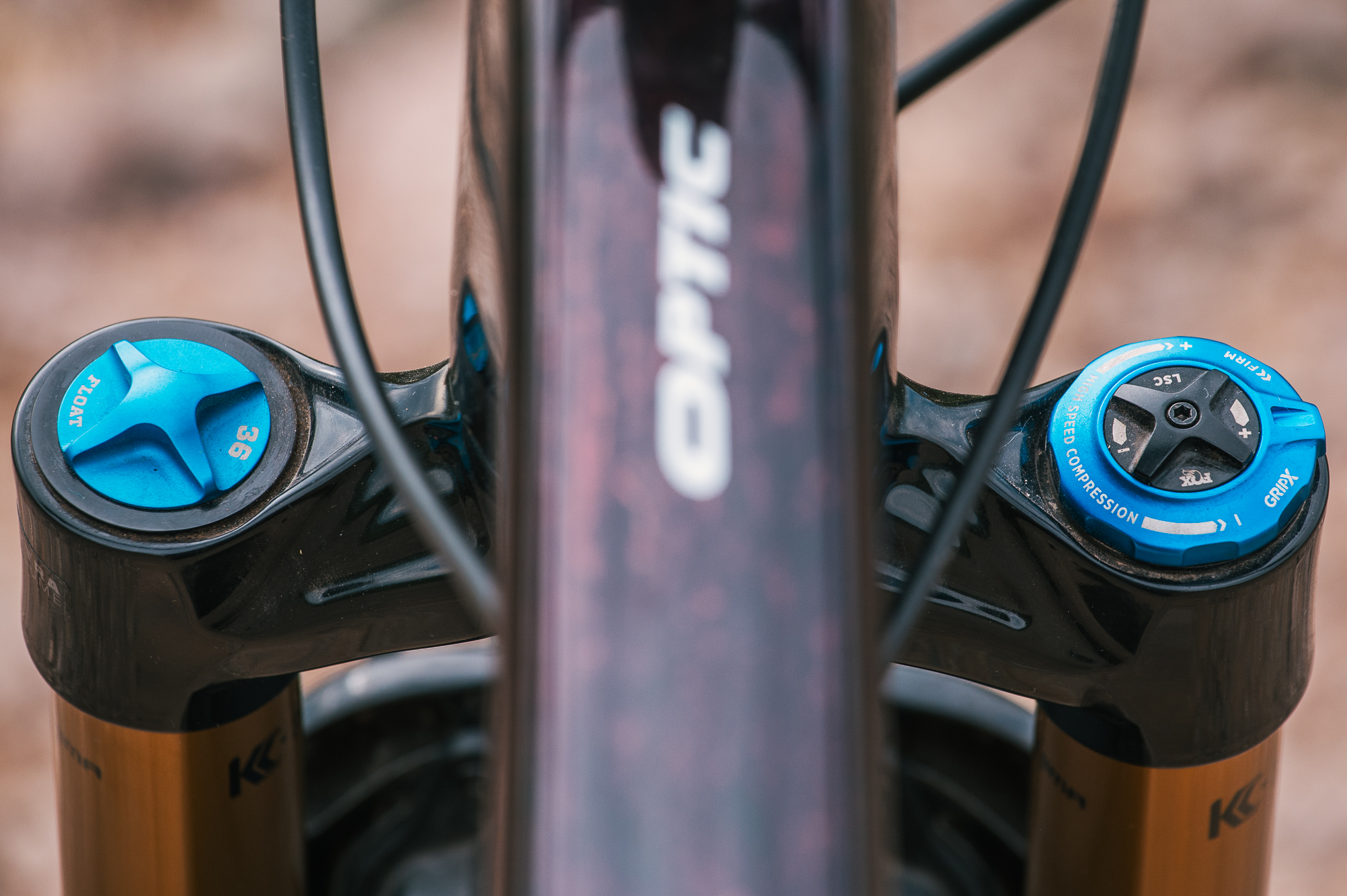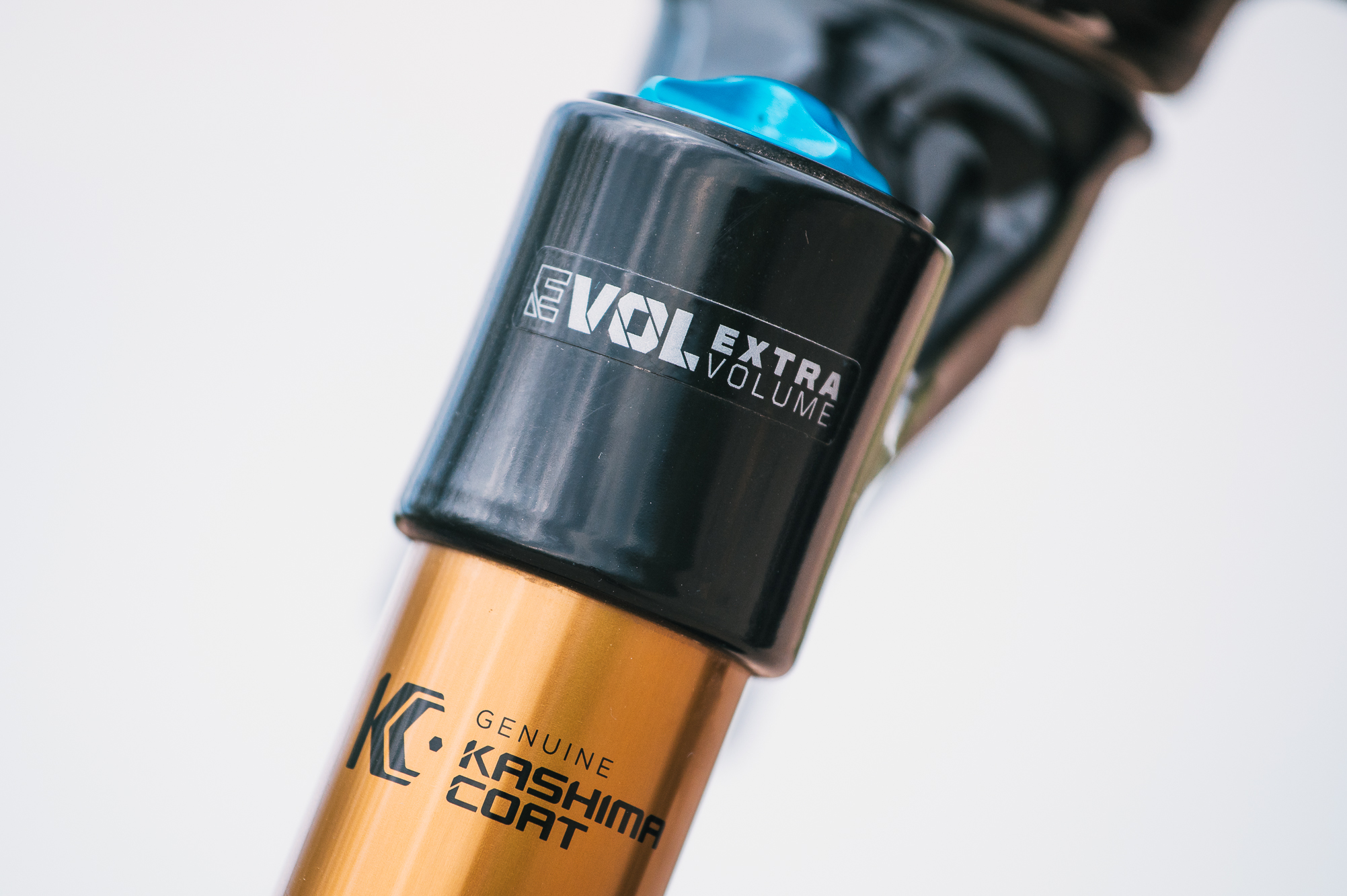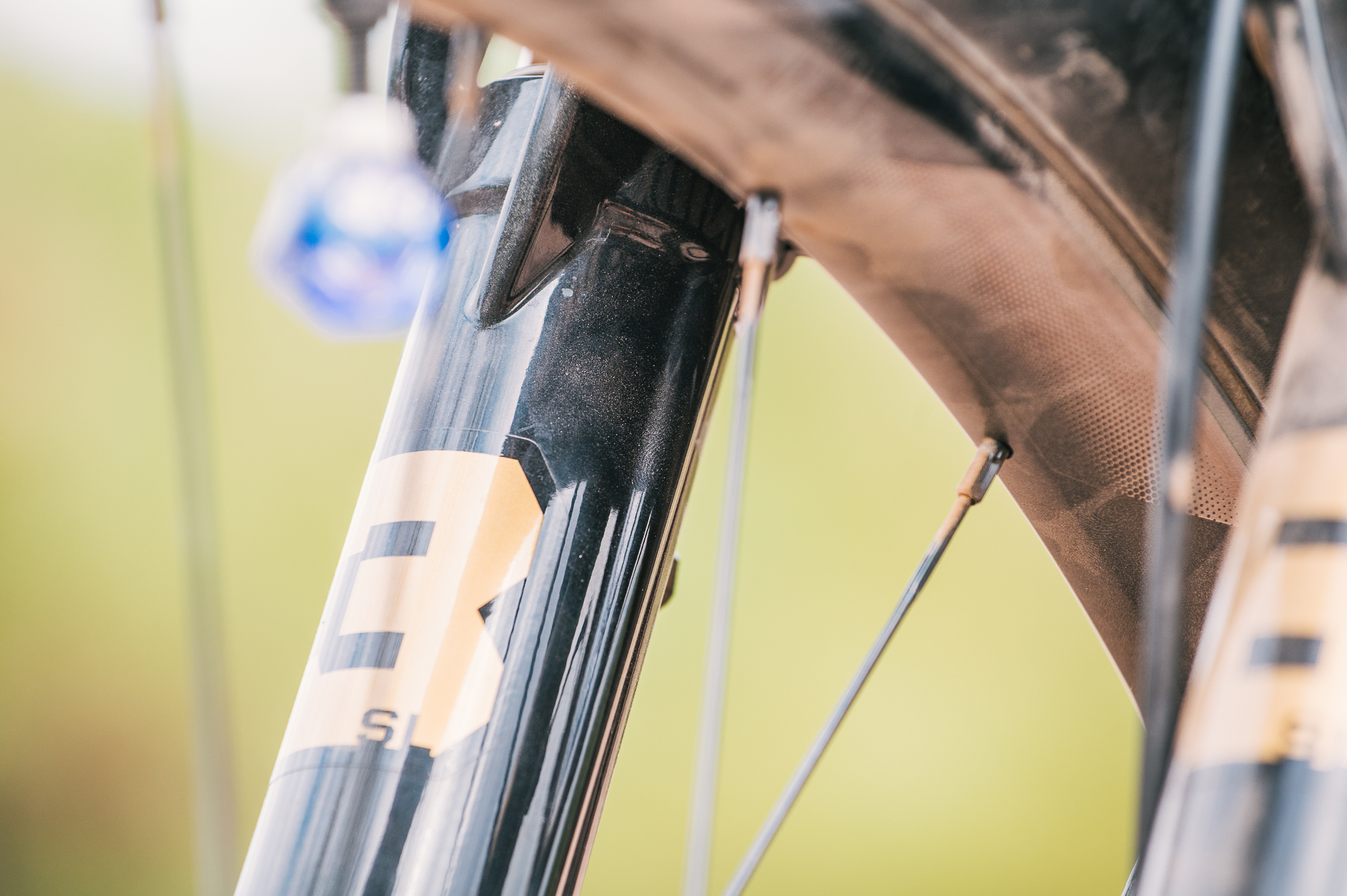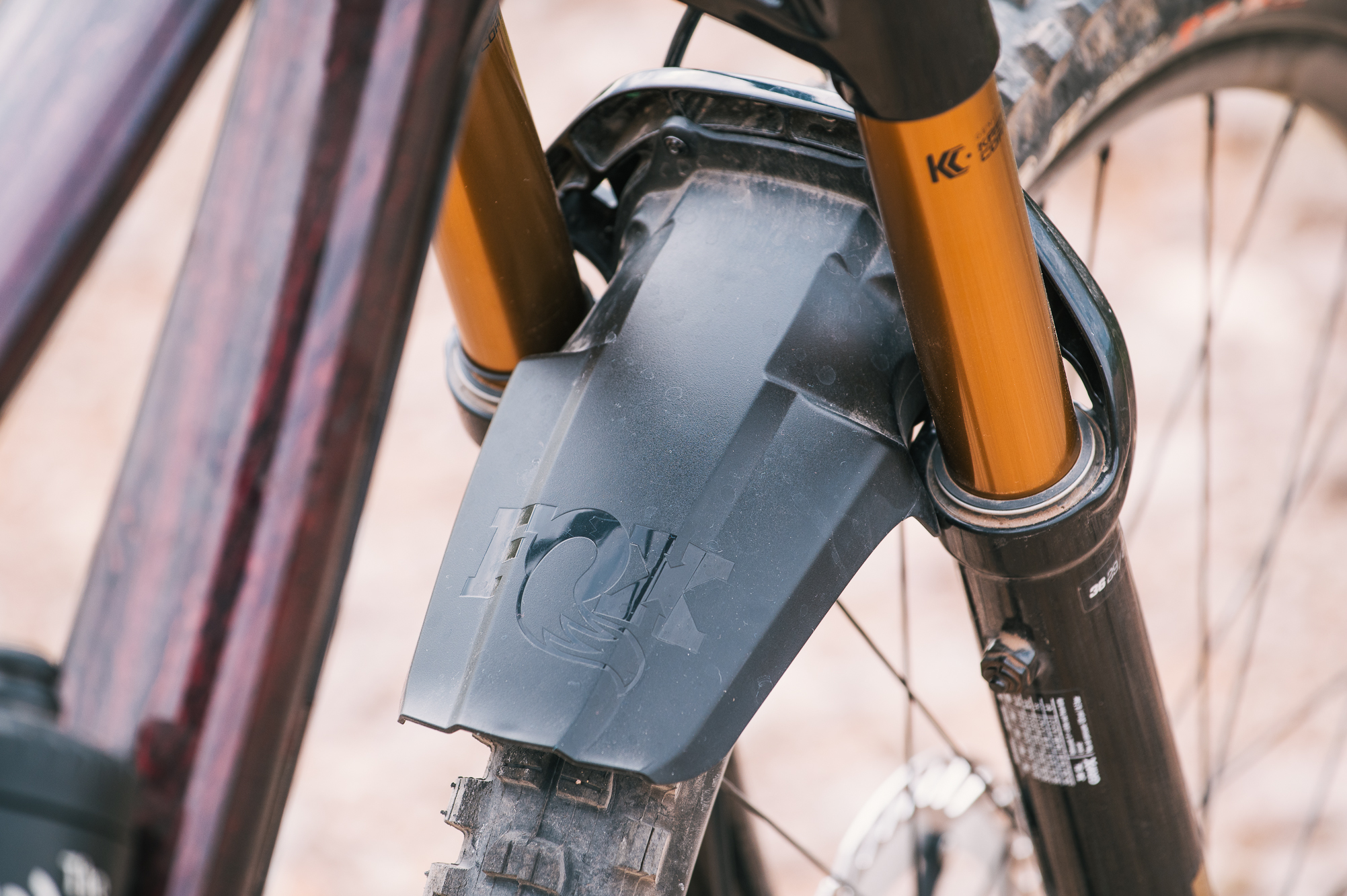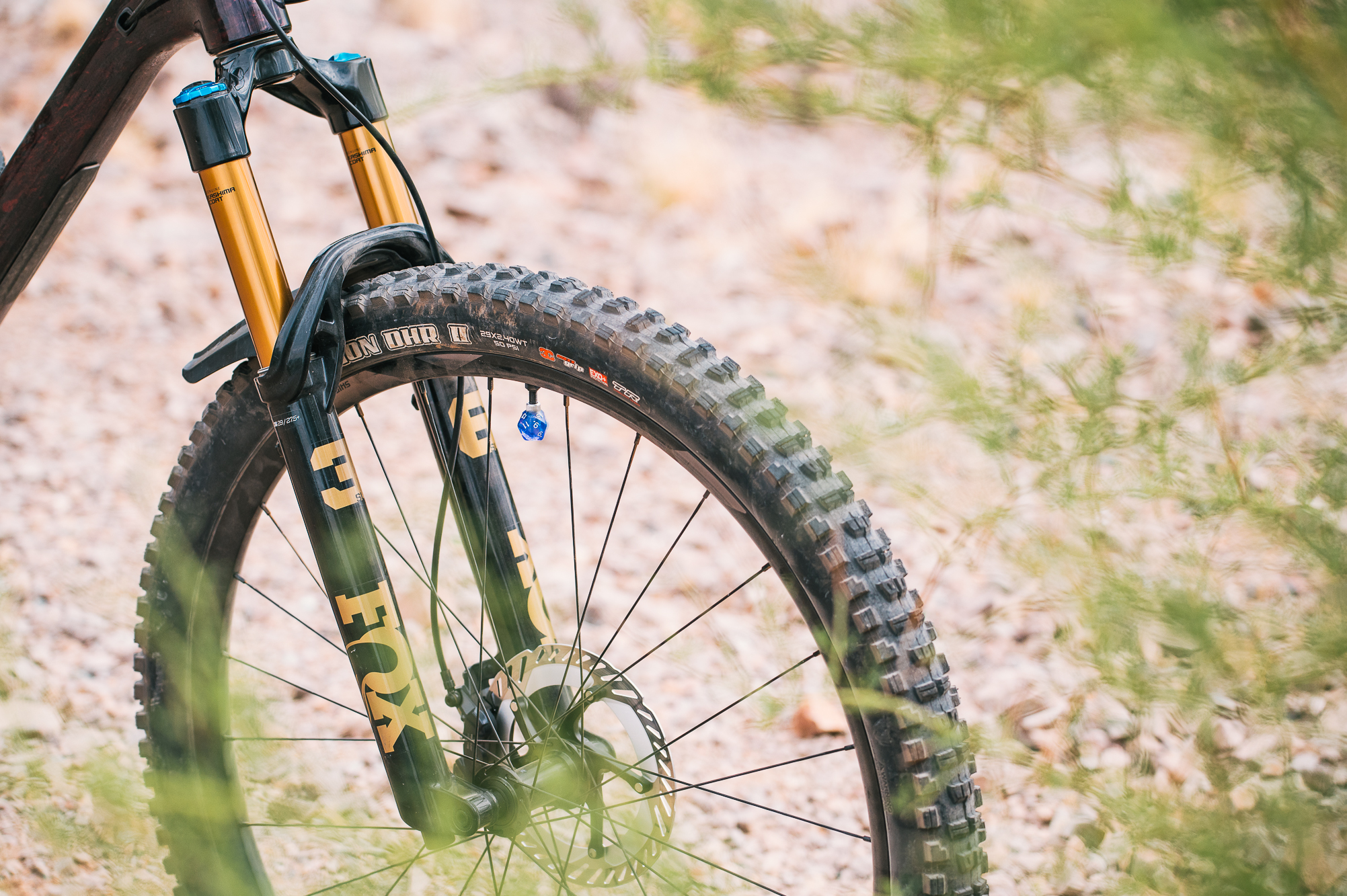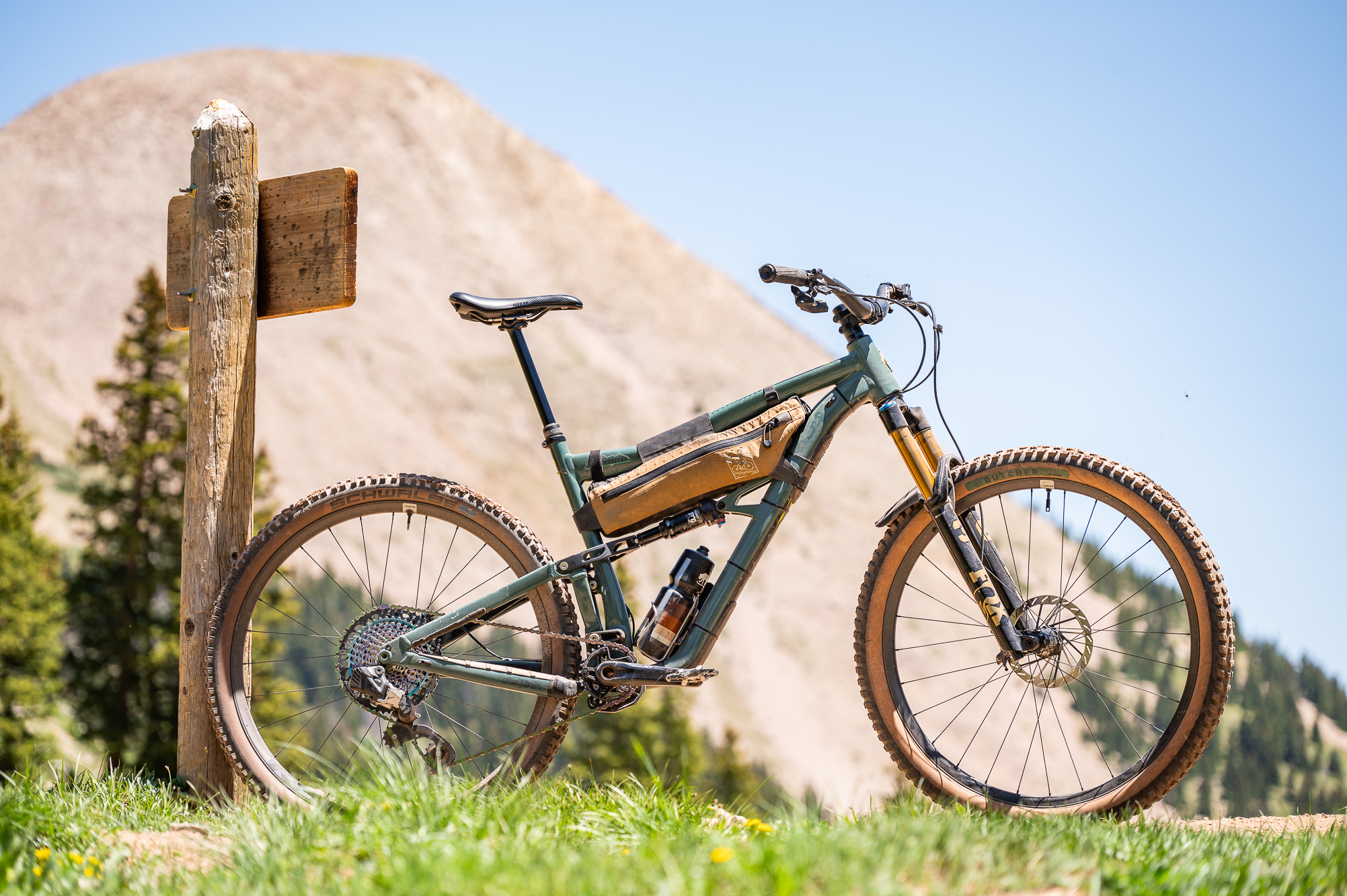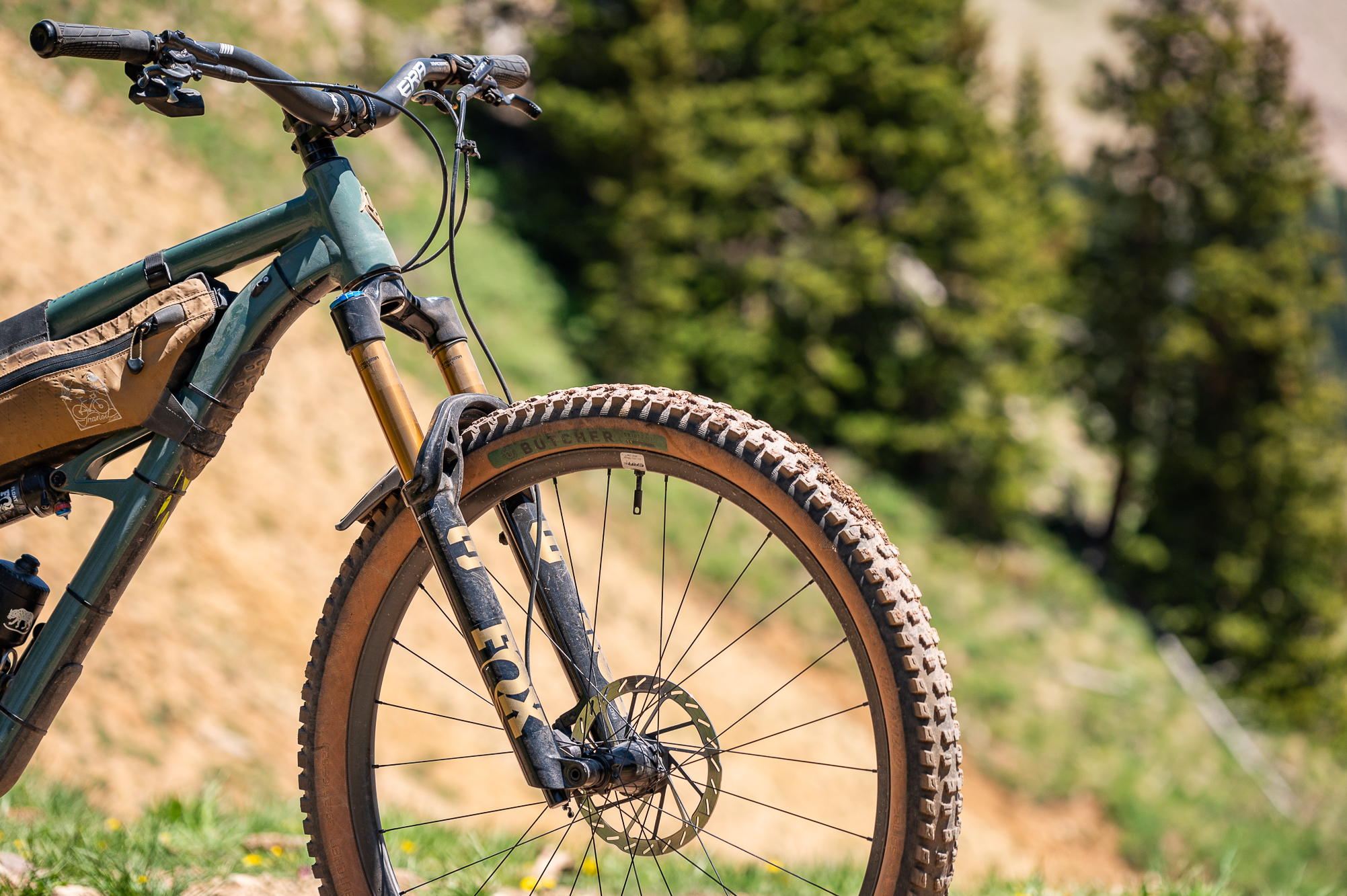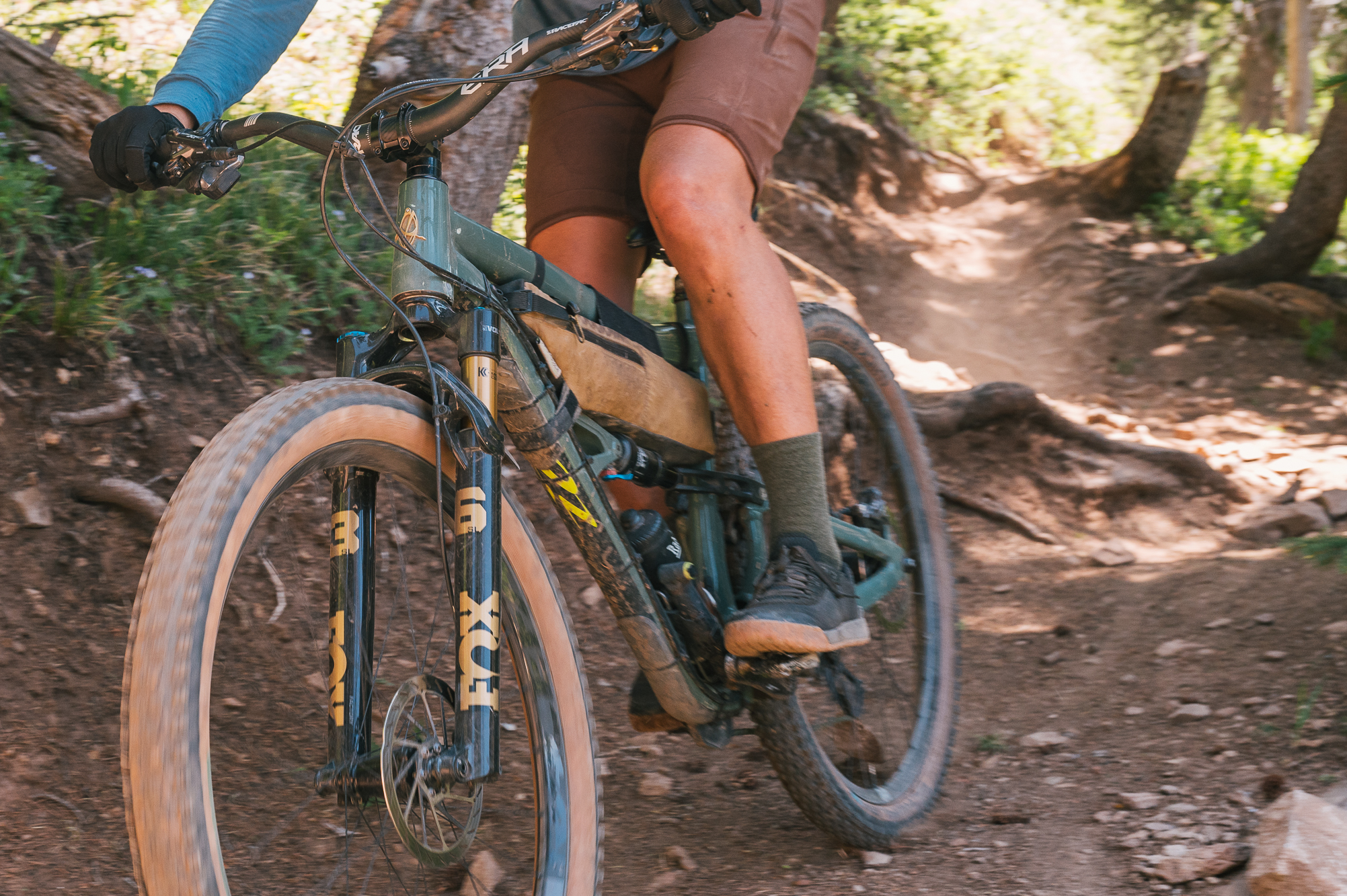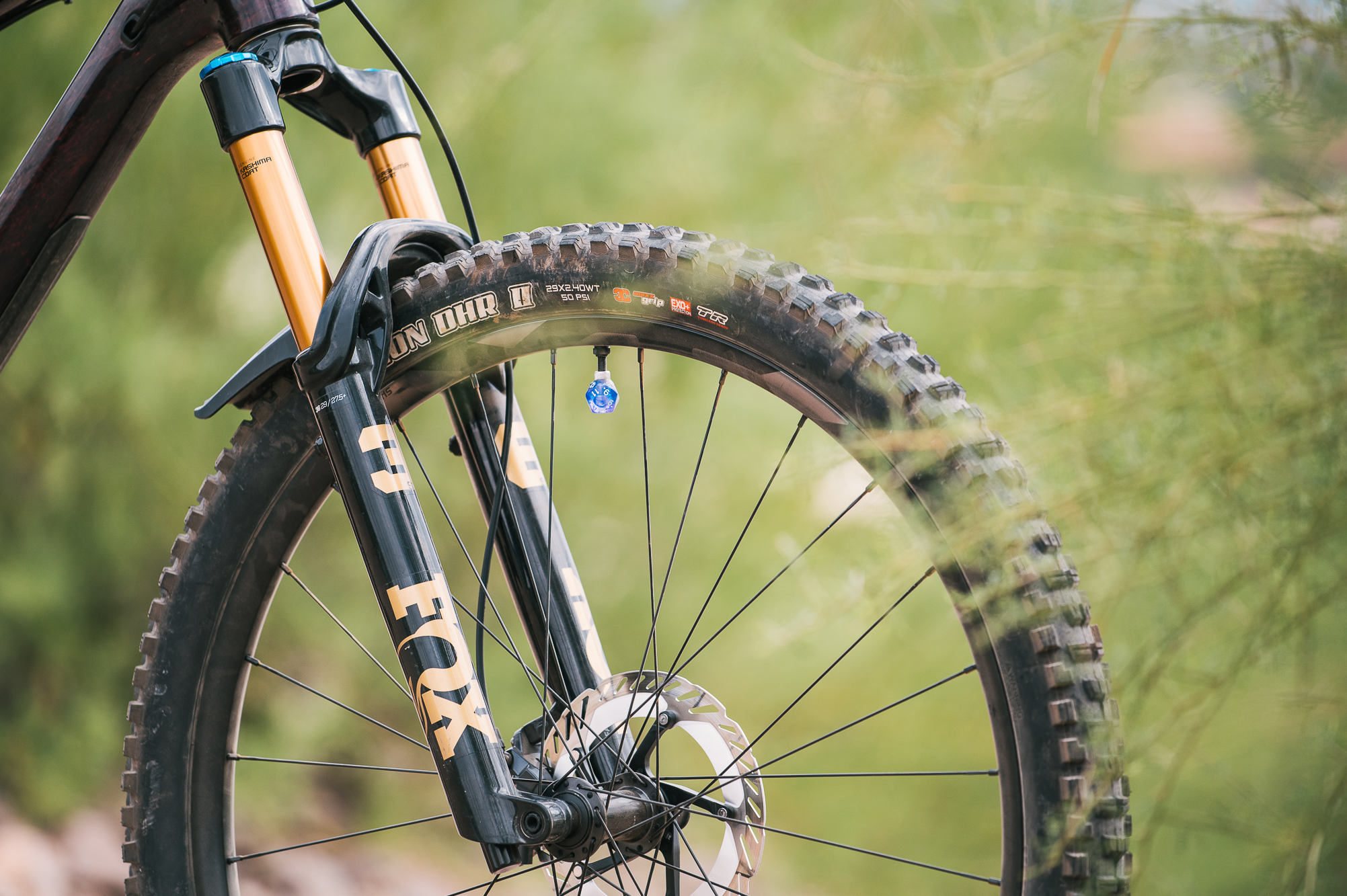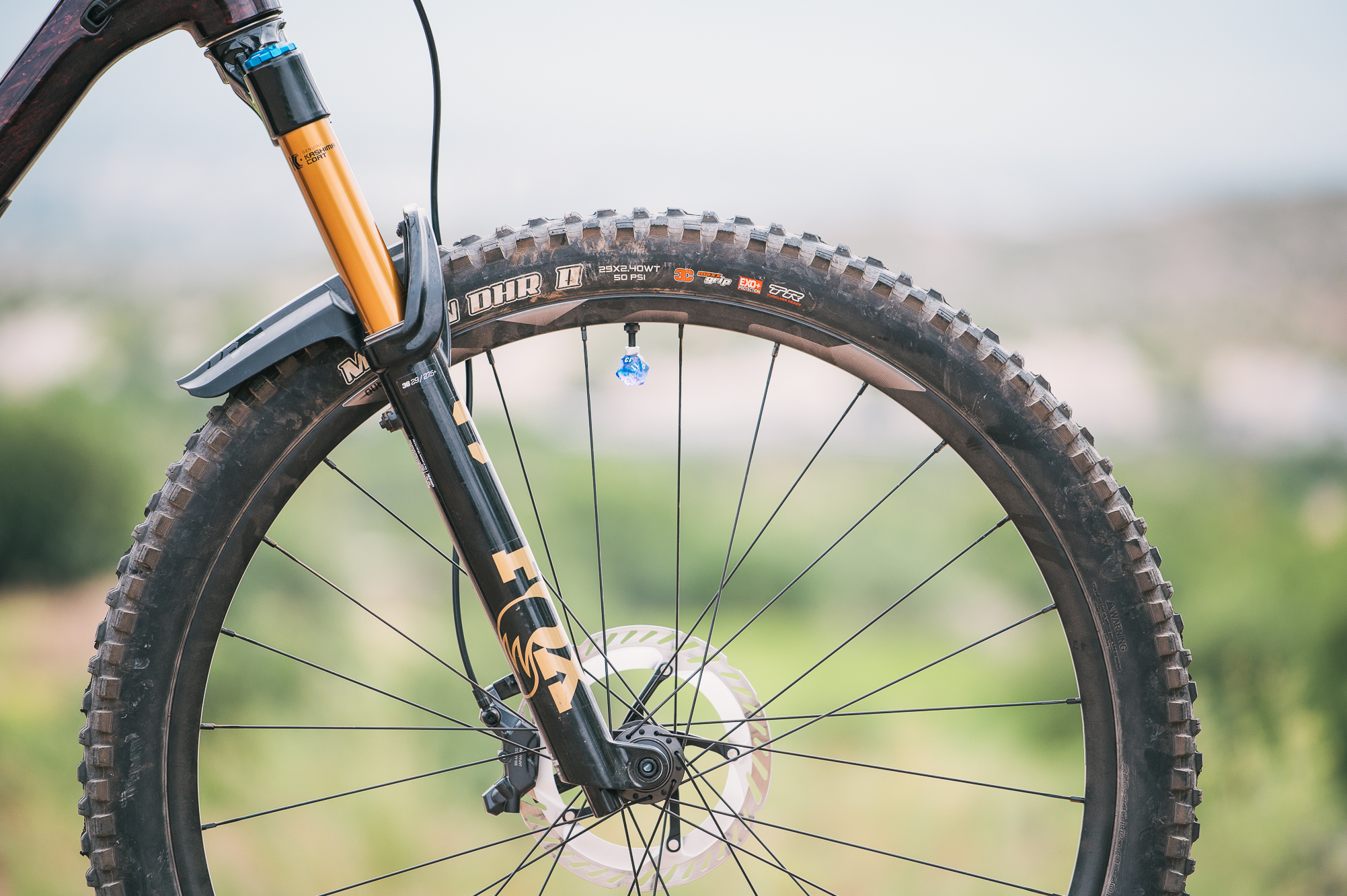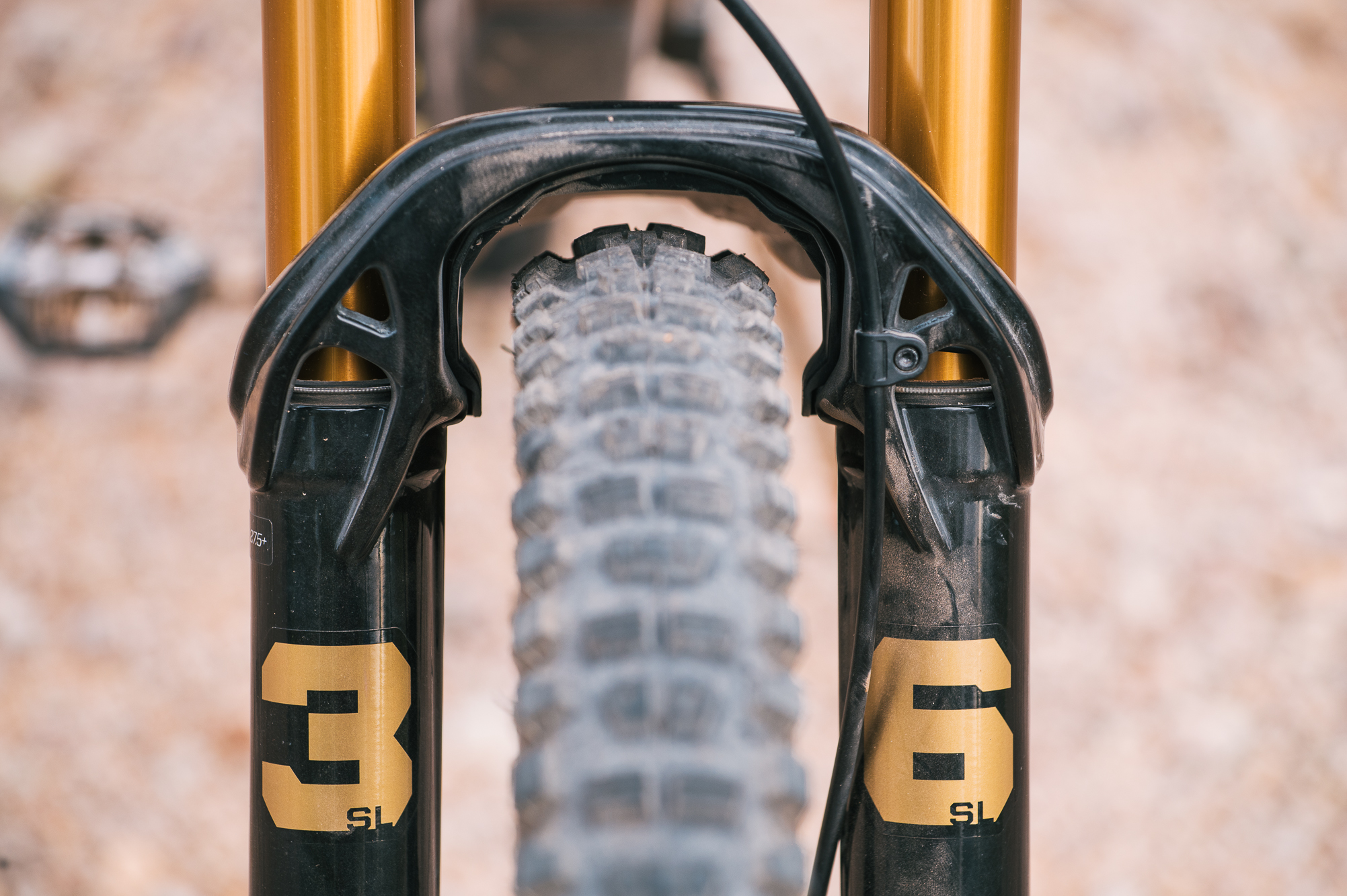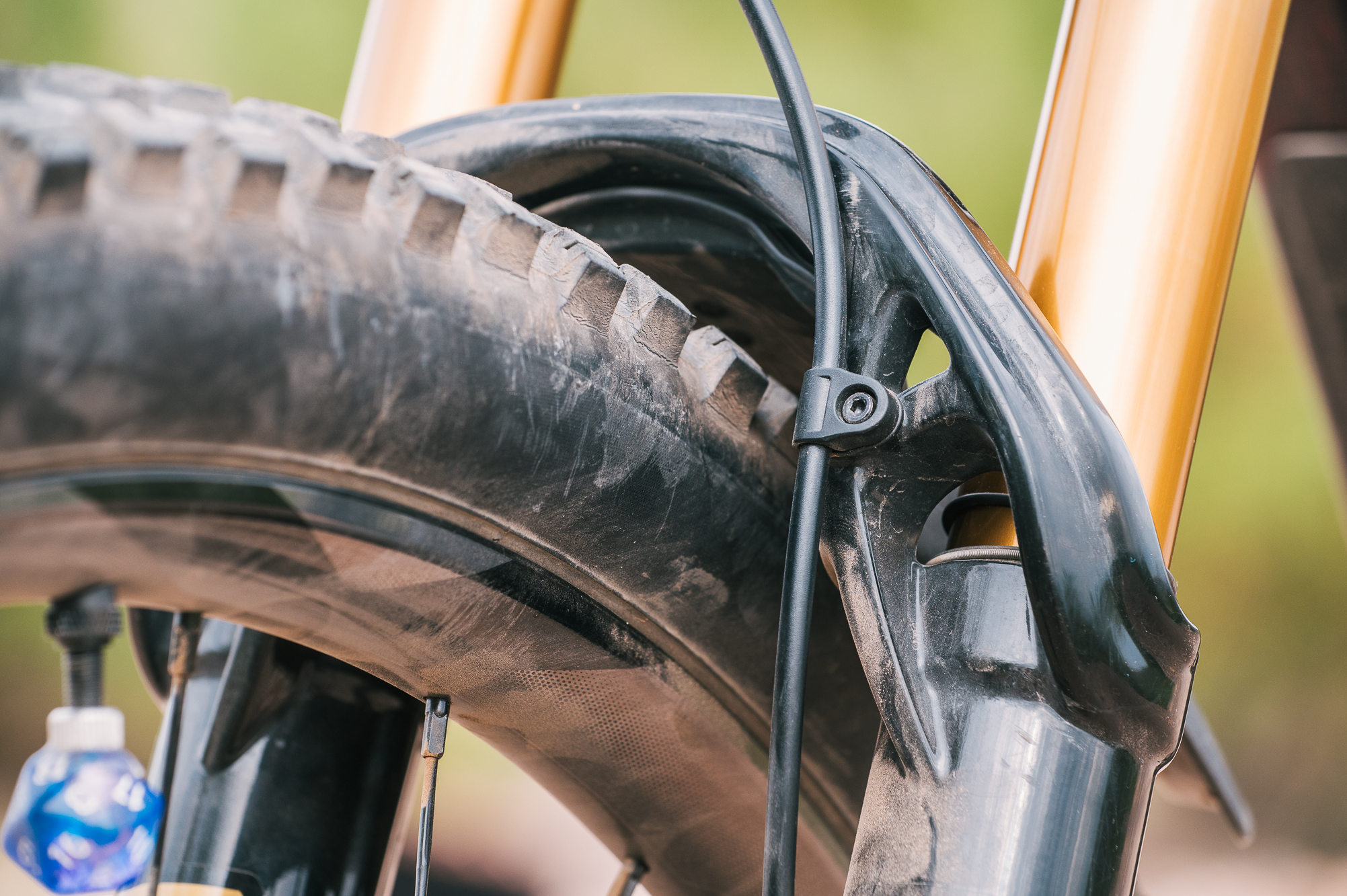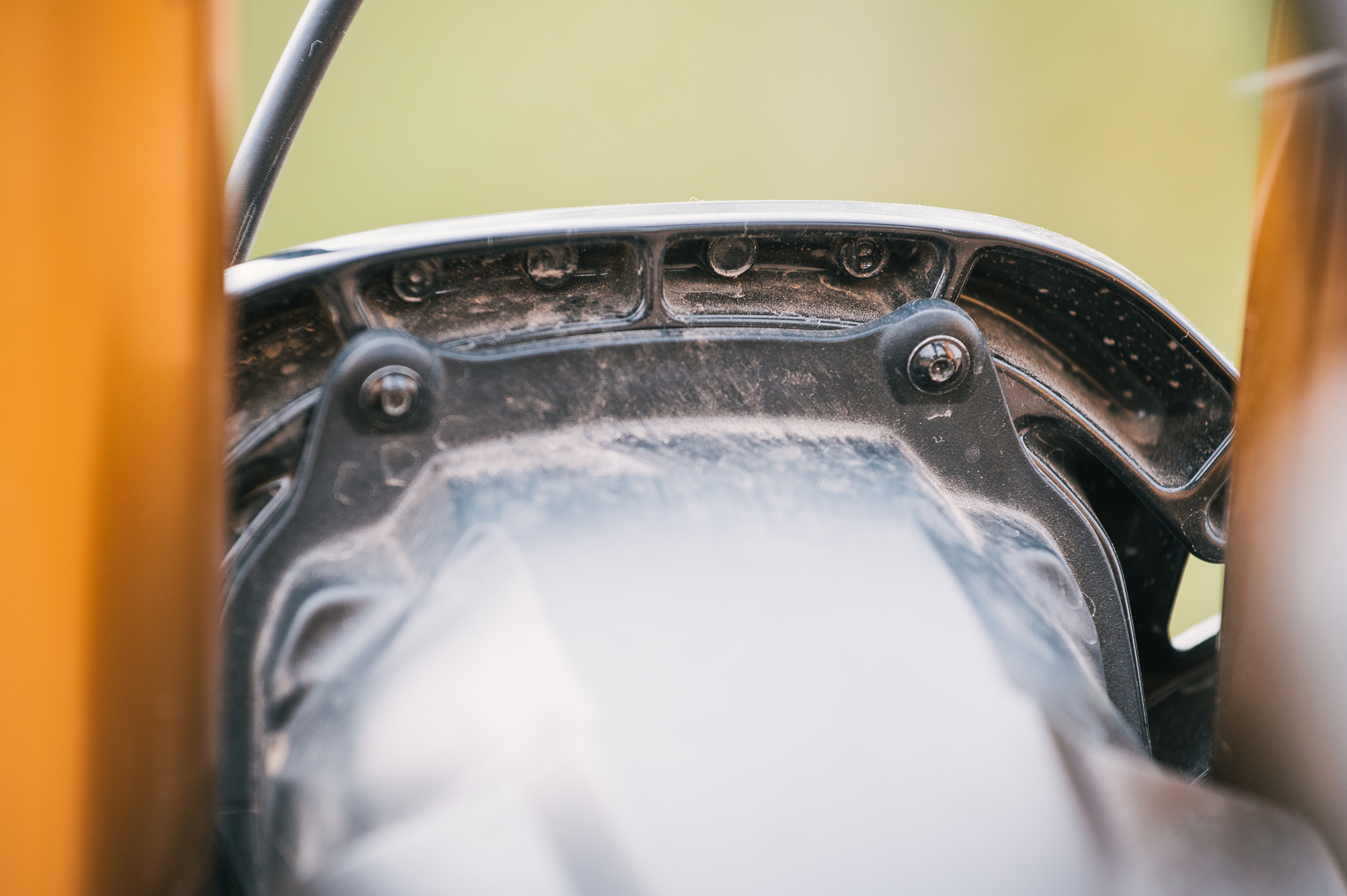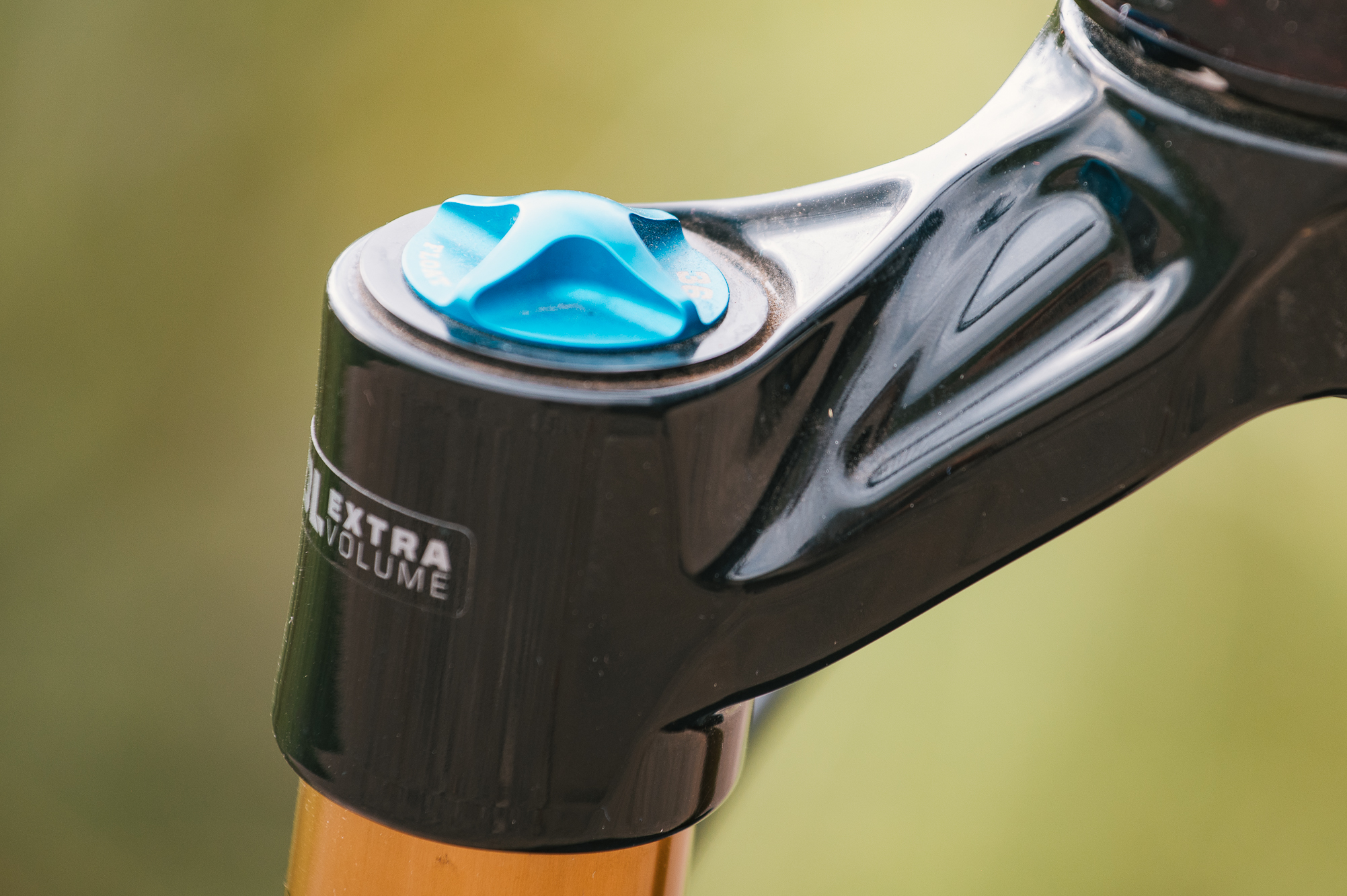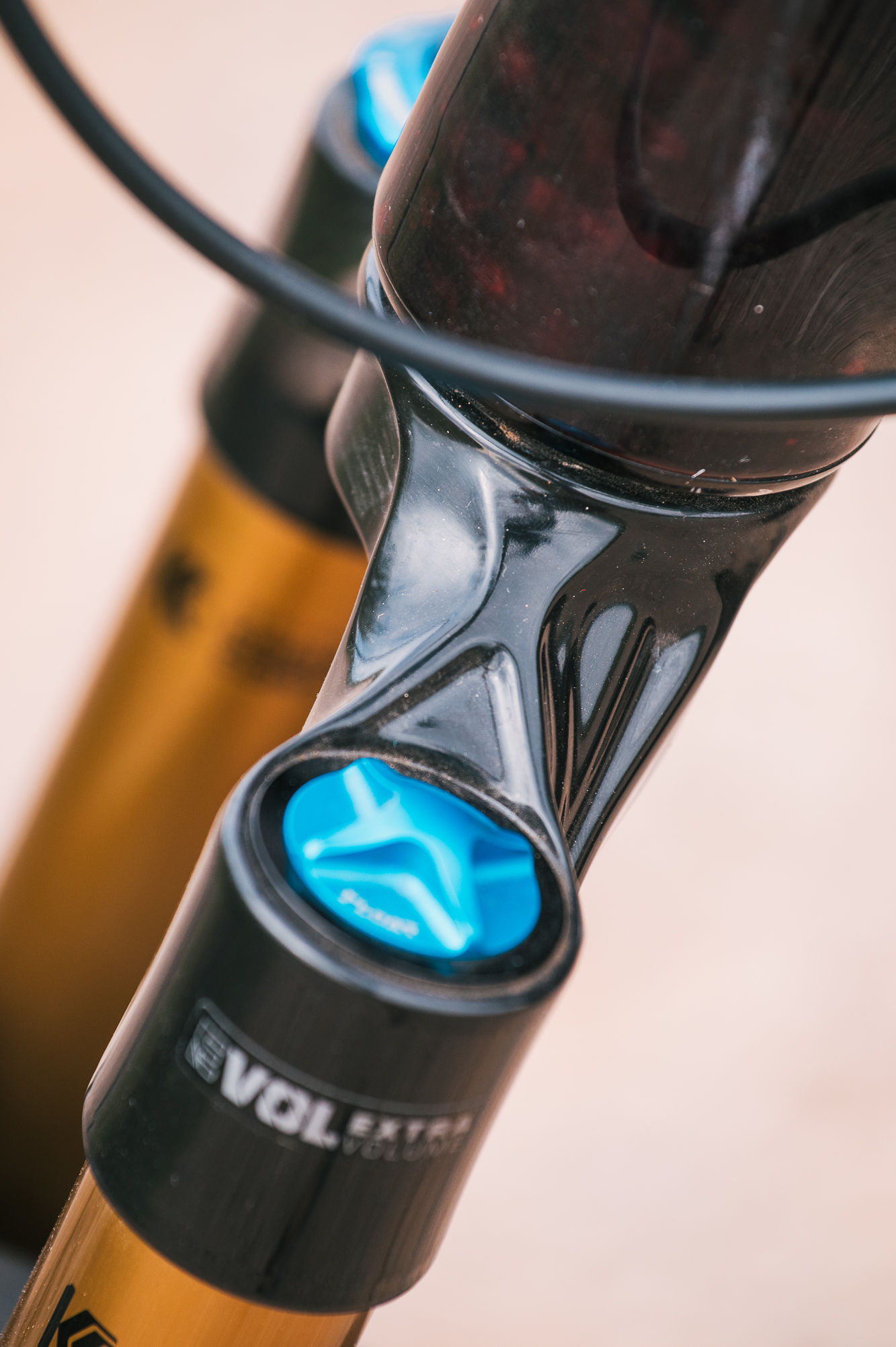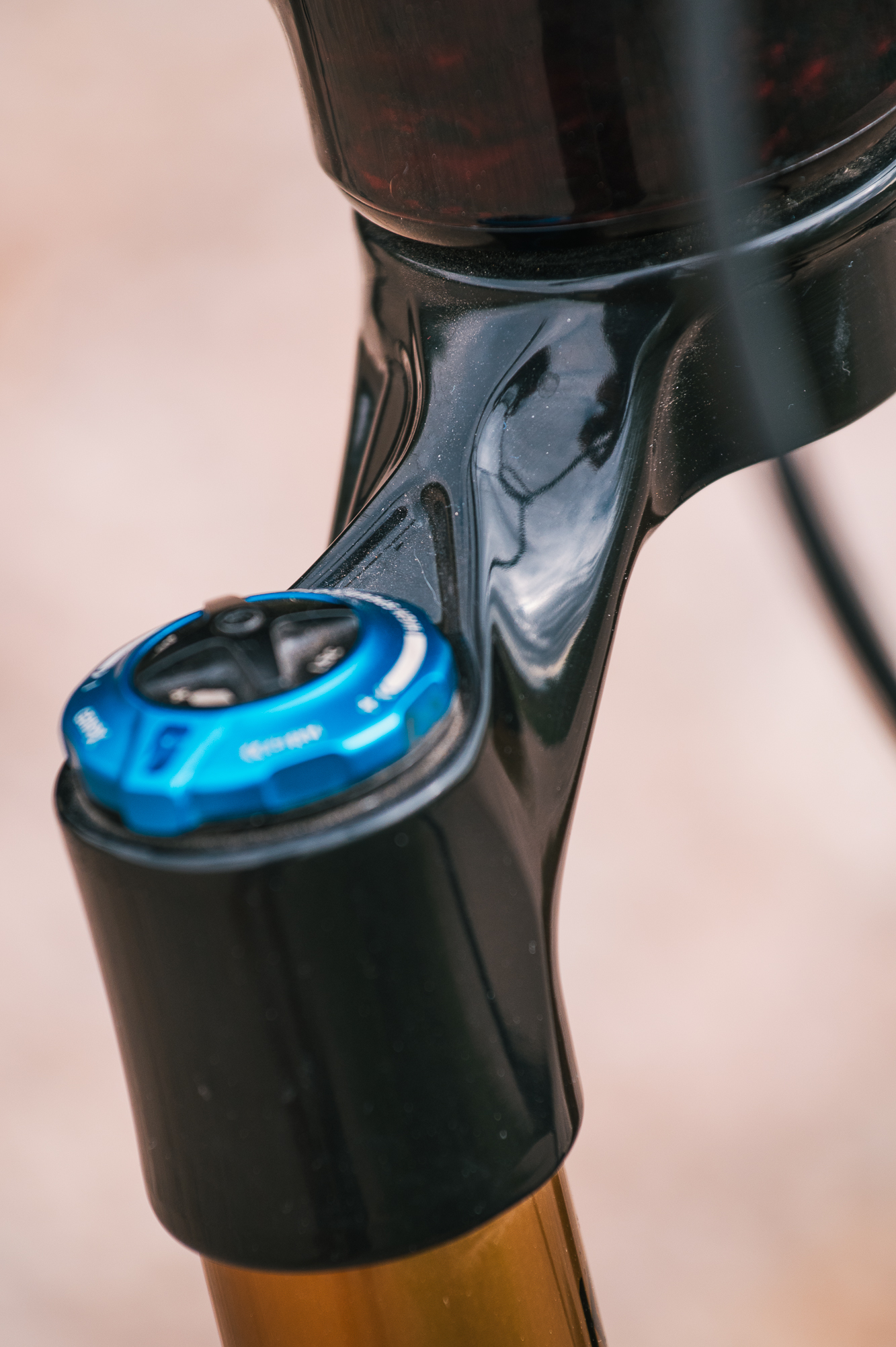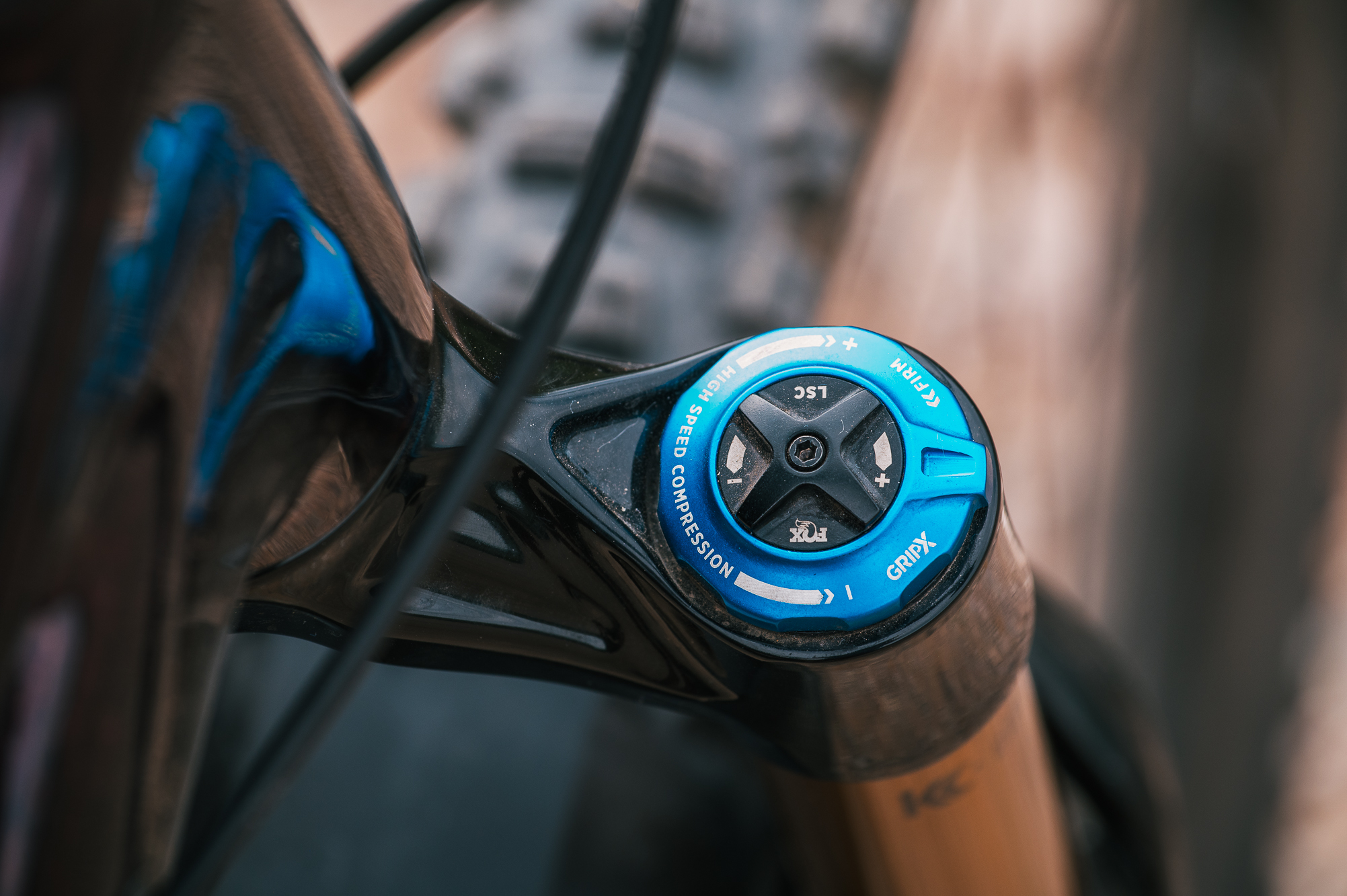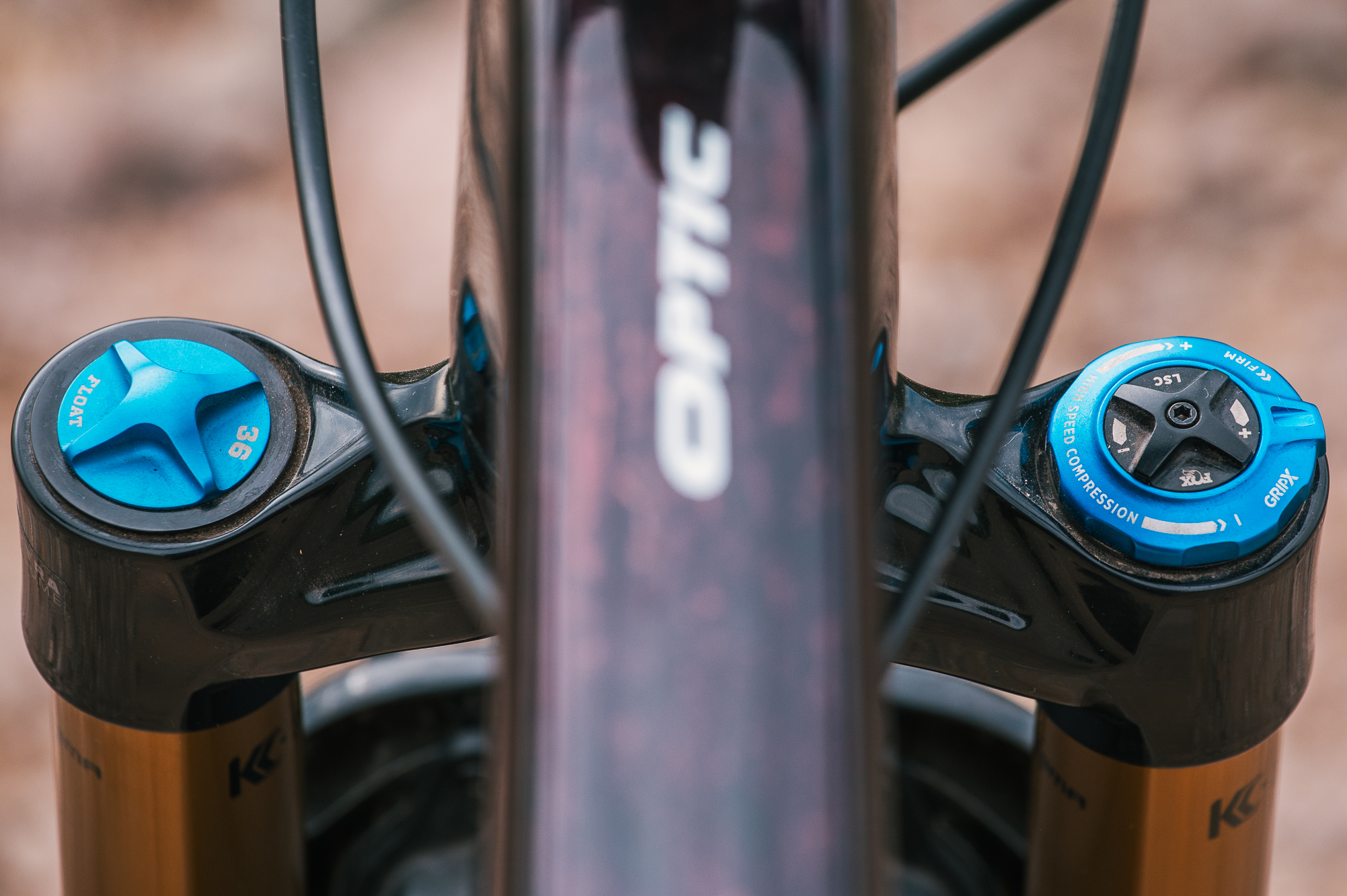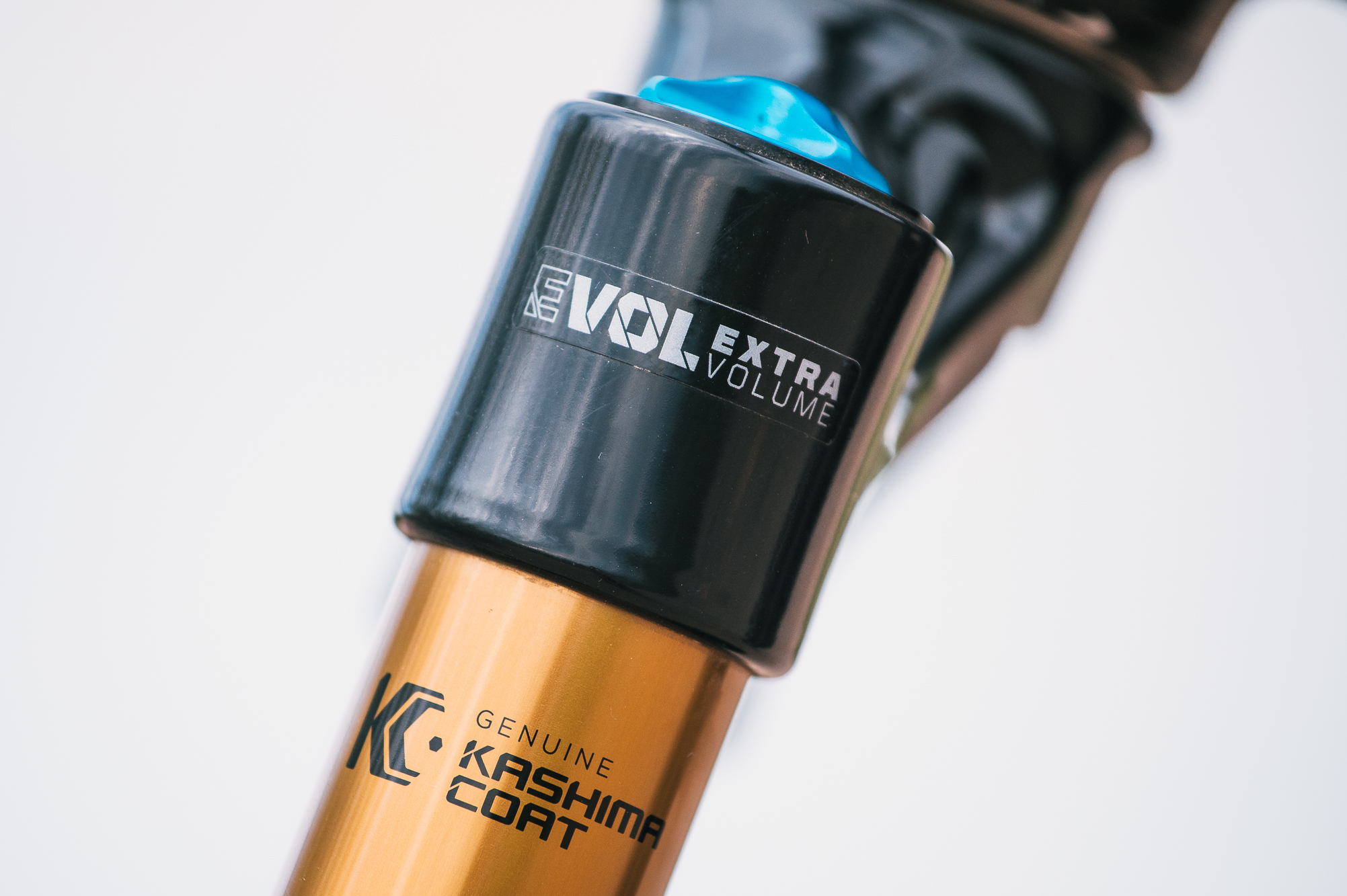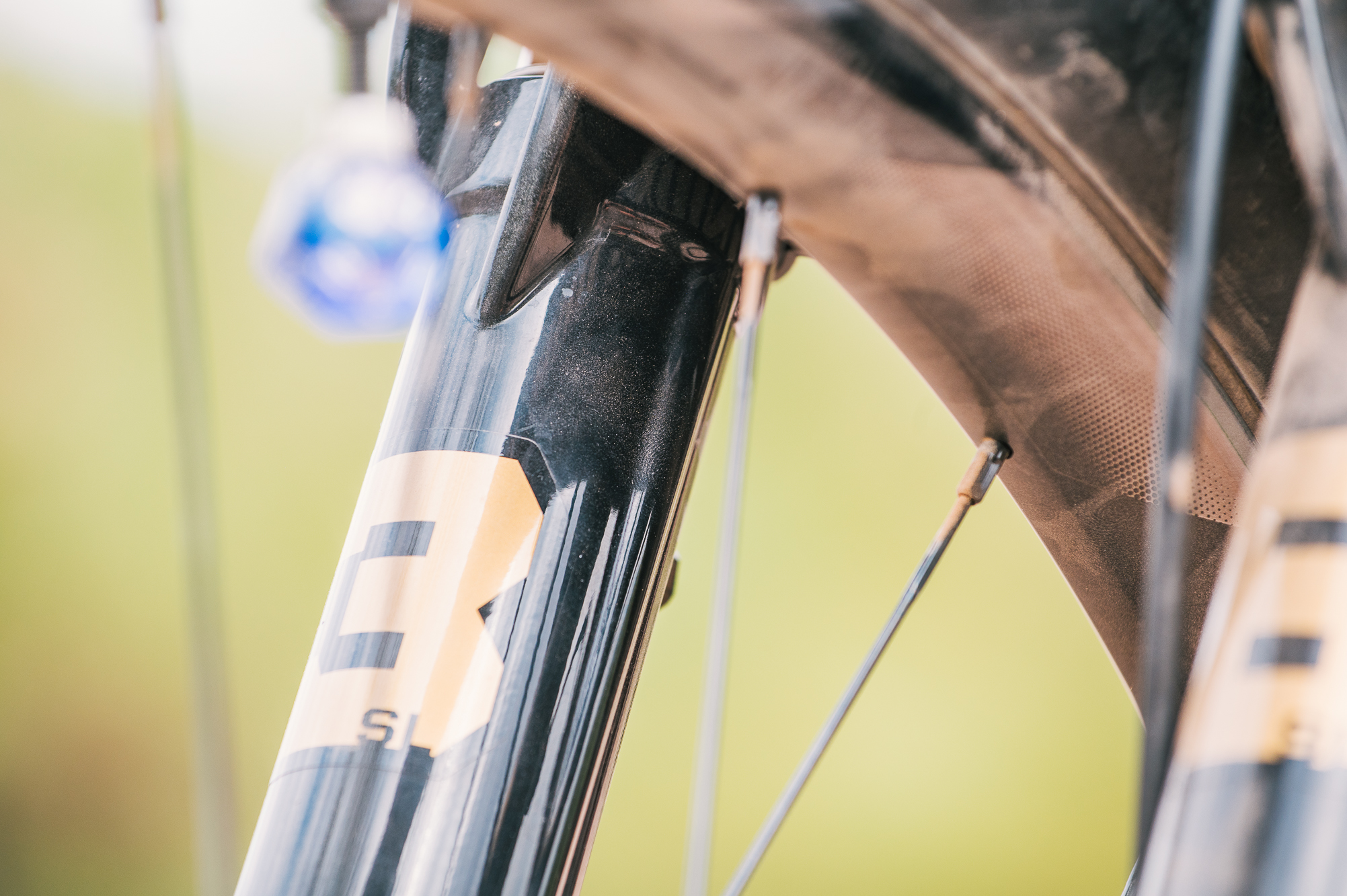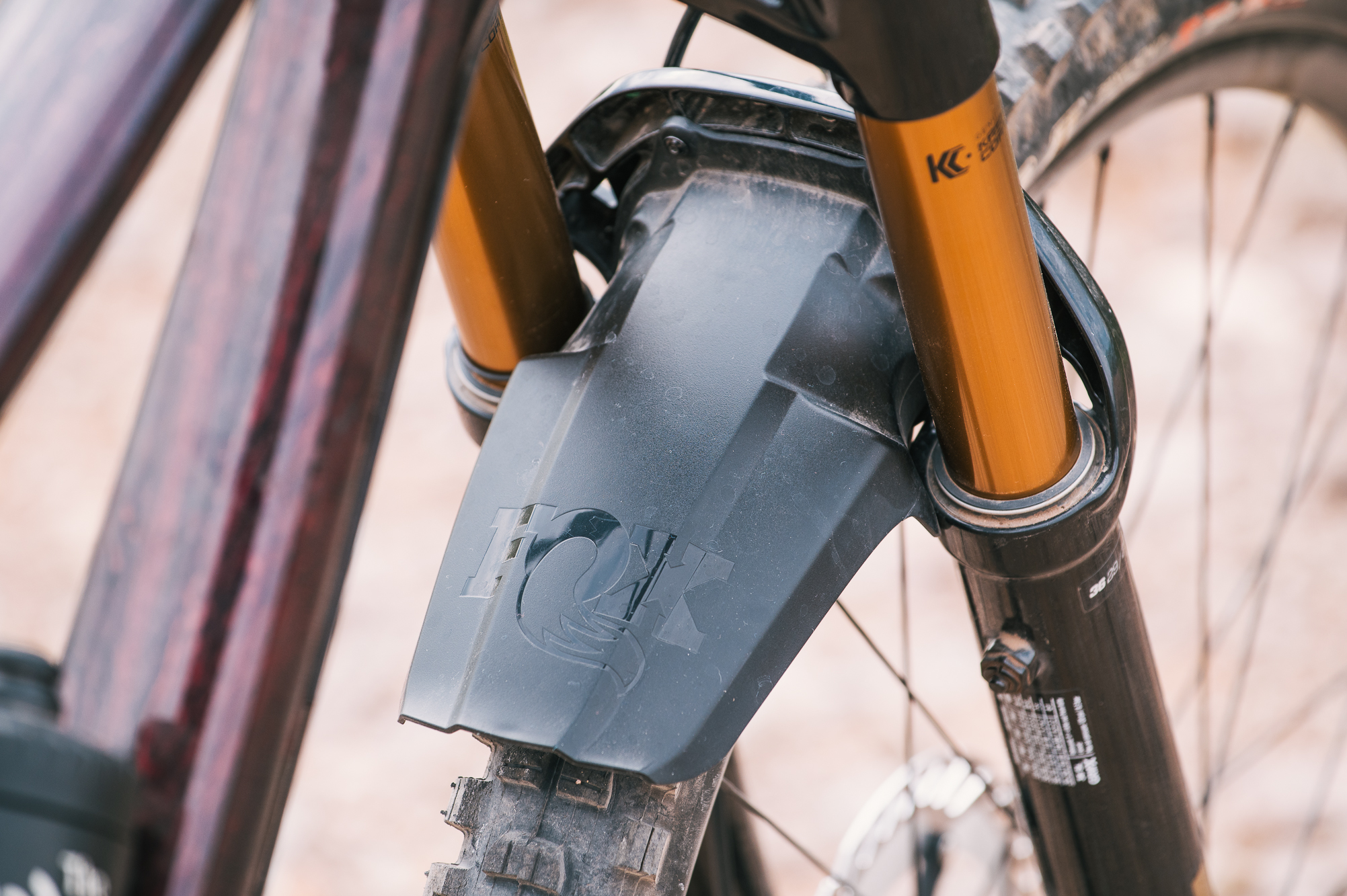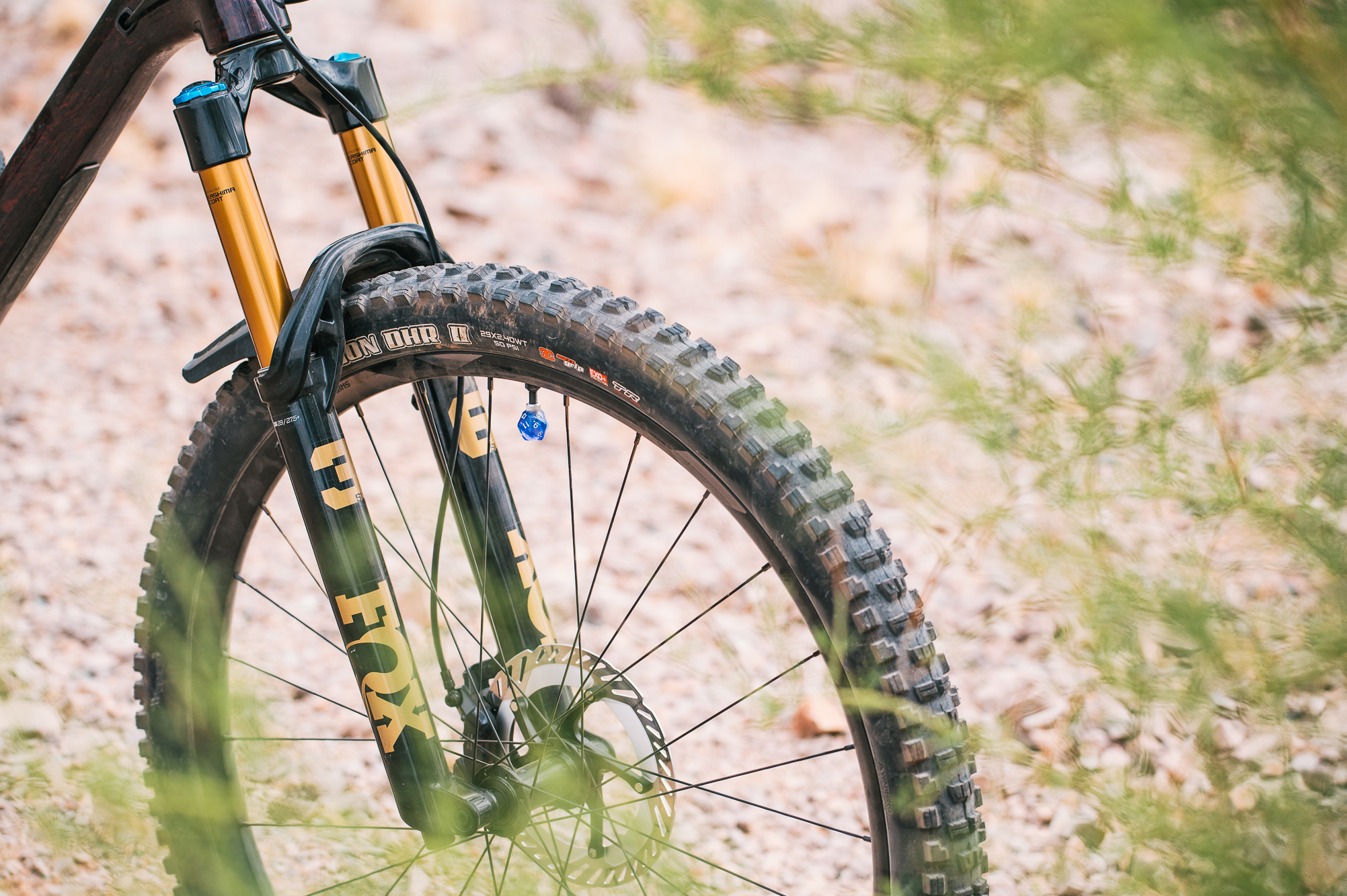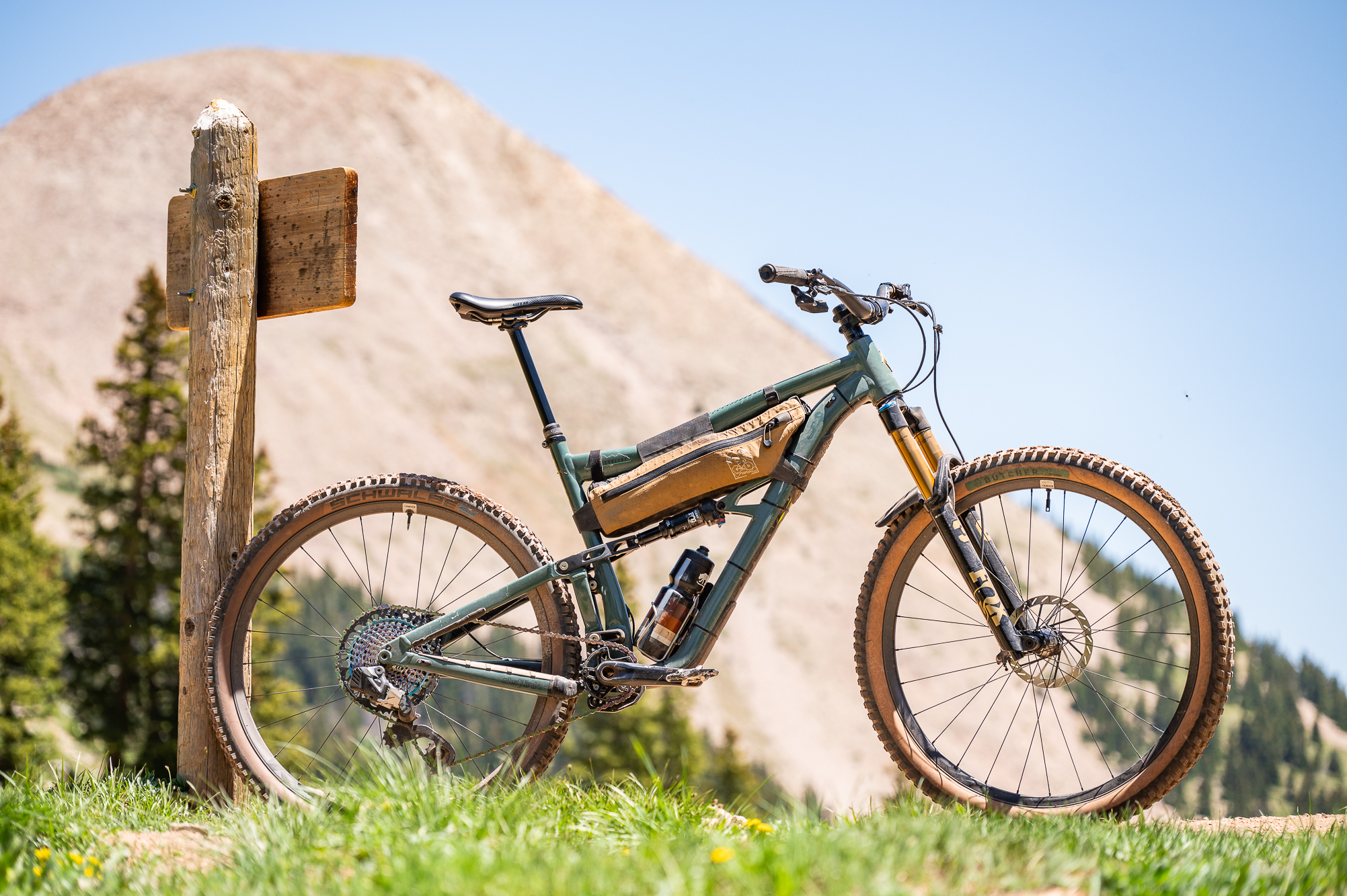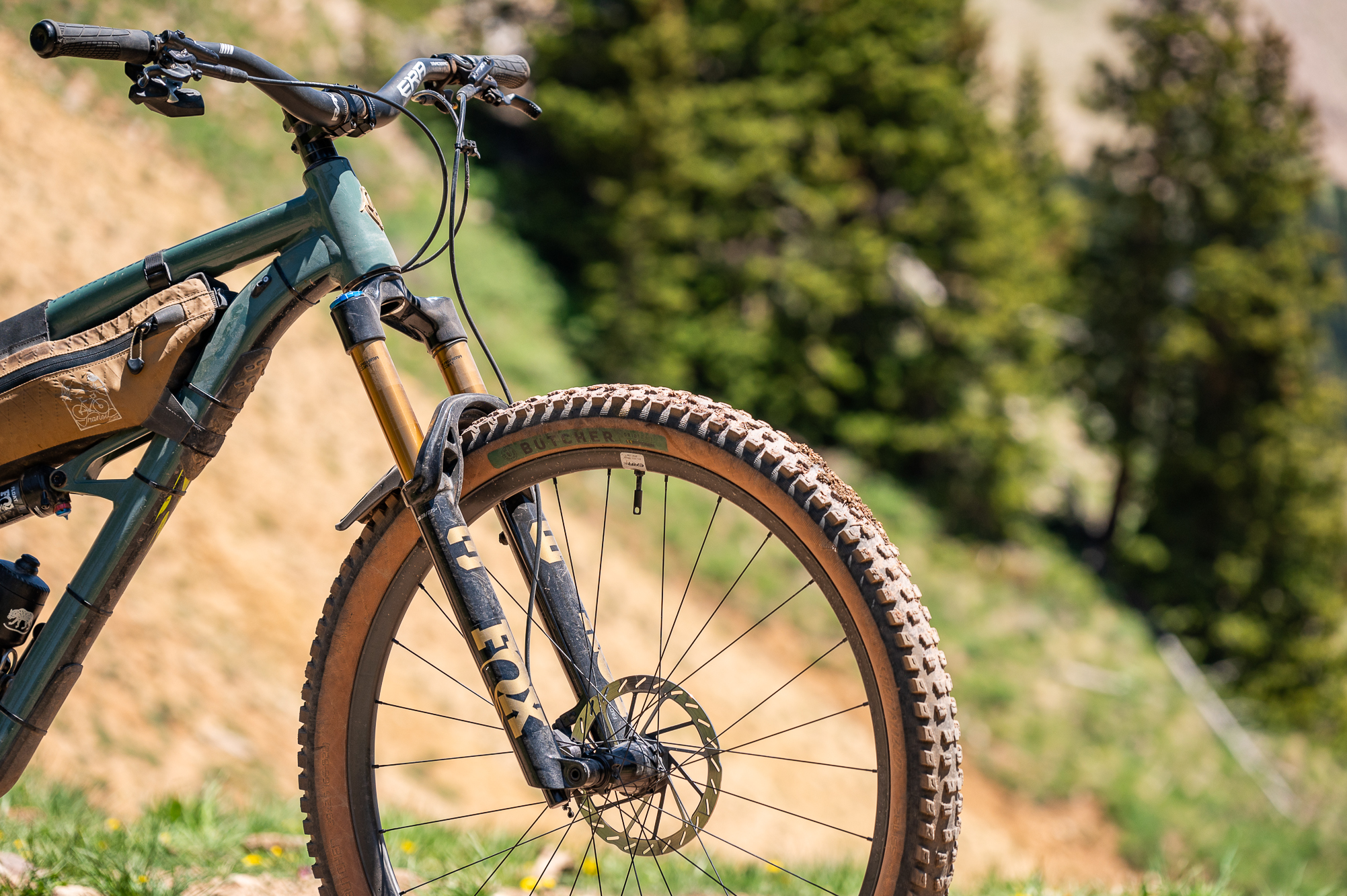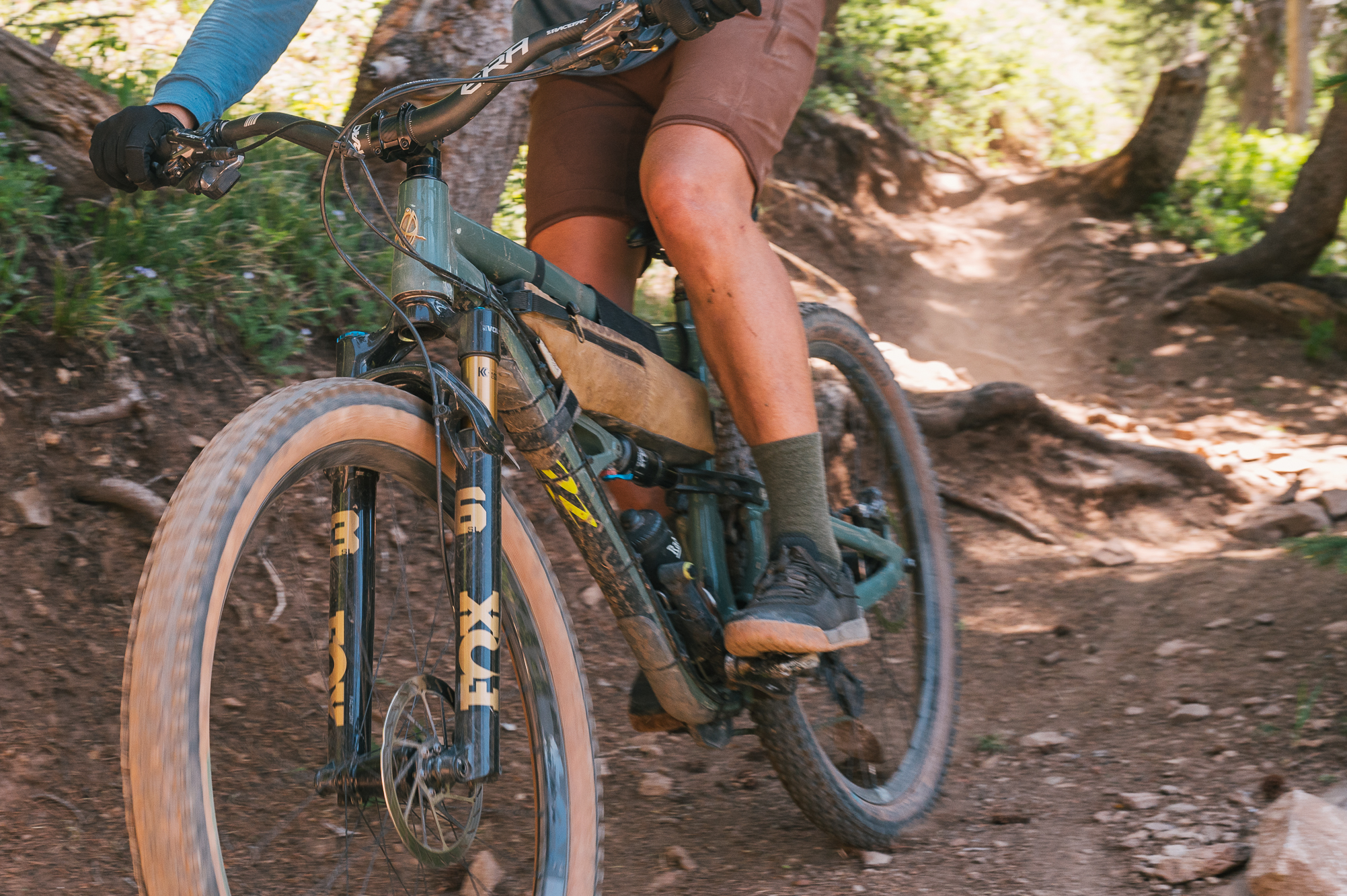Spencer reviews the new Fox 36 SL, a lightweight update to the acclaimed 36 mm stanchion fork. With numerous chassis improvements, this iteration of the celebrated Fox 36 surpasses the Fox 34 in nearly every aspect, with only a minimal weight penalty. Things are just getting better and better for the short travel crowd these days. Let’s dig in…

Fox 36 SL Quick Hits
- Wheel Size: 29″
- Travel: 130 mm, 140 mm
- Available in Factory, Performance Elite, and Performance specs
- Rake: 44 mm offset
- Dampers: Grip X (Factory, Performance Elite), Grip (Performance)
- Axle: Kabolt SL
- Rotor Size: Direct Mount 180, up to 203
- Air Spring: FLOAT EVOL Compliant
- Steerer: 1.5” Tapered
- Starting Weight: 1755g (29” 140 mm GRIP X)
- $699 – 1149 USD / $939 – 1539 CAD / €939 – 1539 EUR / $1199 – 1999 AUS


Strictly Better (TL;DR)
The new Fox 36 with 140 mm travel offers a stiffer chassis, bypass channels, and bleeder ports – all at nearly the same weight, within an ounce of my Fox 34 Performance with 130 mm travel. In terms of weight vs features offered, this is a no-brainer for me, though if you are weight-obsessed, the Fox 34 did get its own SL treatment. The 36 SL is stiffer and more resilient through chunder, packed with new features, all for the same weight as the previous generation Fox 34. For a more in-depth review of the previous-gen Fox 34 and 36 and a deep dive into the Grip X damper, check out John’s long-term review.

My Fox Fork History
When I bought my first proper mountain bike, a kindly brand representative, with a last name like your favorite hot tub, encouraged me to upgrade my build choice to include a Fox 34 Performance that I “could be proud of”. I rode the piss out of that Fox 34. I had the air spring replaced to bump the travel up to 140 mm, which was a game-changer for my hardtail journey. Eventually, I had forgone maintenance to the point that my suspension mechanic didn’t recommend I continue rebuilding it. I hung the fork on my shop wall until a friend brought their hardtail with a fork, which was so clapped-out that I offered them my fork so they had something that still kind of worked. As far as I know, that fork is still rolling around squishing to the best of its ability.
When friends come to me asking me what mountain bike to buy, especially with hardtails, I explain that they are buying a suspension fork that comes with a bike. I carry on the same advice that was given to me when I purchased my first bike, buy nice or buy twice kinda sentiment. I’ve almost exclusively ridden Fox 34 Performance forks on my bikes over the past few years, so I was excited to see what the new Fox 36 SL had to offer in that very same travel space.


Fox 36 SL Innovations
- Generatively optimized crown and arch provide 20% more torsional stiffness over the previous Trail-class fork, the 34.
- The Glidecore air spring decouples the stanchion from the air shaft to maintain smooth travel even under bending loads from speed or rider weight.
- 20 mm additional bushing overlap over the 34 ensures reduced friction and improved suspension feel.
- GRIP X damper.
- Inboard bypass channels.
- Low-profile bleeders have been redesigned with a grooved structure for easier pressure equalization.
- Air spring top cap is now compatible with a standard Shimano cassette tool for simple volume adjustments.
- Refined mudguard mounting.

All The Details
Let’s start off with the obvious changes to the chassis: the fork crown and the arch both use generative design to divine where they could shave weight. In layman’s terms, they asked a computer program to optimize the design. That program spat out the most effective shape per the parameters, which Fox engineers translated into something they could actually produce. The result is a 20% stiffer chassis at a reduced weight. It looks pretty sweet to me, with a more organic than CNC form which evokes a hint of H.R. Giger (for you Alien fans out there – looking at you, Troy!).
Next we have the Glidecore air spring, which uses elastomers to isolate the air shaft from the rest of the fork. As the fork is put under load and torsion, the air spring can stay aligned, reducing stiction and binding. This is one of those innovations, like compliant carbon rims, that is hard to parse out in the actual performance, but is nonetheless an innovation that will keep the fork running smoothly through the chunder.
Unlike the air spring, which offers a performance upgrade that isn’t really noticeable, the extended bushing overlap was a very palpable upgrade from my Fox 34. I spent a weekend at a Fox press camp on the 36 SL, then went straight back to my Fox 34 for a bikepacking trip on the Black Canyon Trail. It did not help that I forgot to air up my fork before loading the bike, but the flex between 34 mm and 36 mm stanchions (with better bushing overlap) was very noticeable. In short, increasing the bushing overlap decreases the amount of leverage your wheel and brakes have to flex the fork while riding. All that mumbo jumbo translates to a stiffer ride, which I found to increase my ability to plow through trail chunder with greater confidence.
As I mentioned earlier, I have spent the majority of my mountain bike life on Fox 34 Performance forks with their basic GRIP damper. I’m very much in the camp of make it simple, set it, and forget it. Nonetheless, the GRIP X damper gave me the ability to adjust high and low speed compression independently for the first time on an air fork. Having access to these adjustments has allowed me to drop ~10psi in my fork and then adjust accordingly until the fork feels adequate and delightful. I won’t look a gift horse in the mouth, but I’ve never been dissatisfied with the basic GRIP damper in the past. Luckily, the fork is offered in three models: Factory (Kashima stanchions and a GRIP X damper), Performance Elite (GRIP X damper), or Performance (GRIP damper).
Fox moved the bypass channels from the back of the fork on previous models to the inside of the fork’s lowers. This allows those channels not to interfere with the new, low-profile bleeder ports. The bypass channels increase the air volume of the fork and help to reduce pressure ramping as the fork gets deep in its travel. The bleeder valves allow you to equalize the pressure in the fork with the atmosphere during rides with large vertical gain or loss for those alpine days.
In a great quality of life upgrade for home mechanics, the air spring can now be removed with a standard Shimano cassette tool instead of a big ol’ socket. Fox has also refined the fender mounting to four bolts on the back of the crown instead of the bleeder ports. These little bolts are very hard to tighten as they come pre-Loctite’d. On my first ride at the press camp, the fender rattled and made all kinds of noise, even though it appeared to be tight and snug. Be careful; that 2mm low-profile bolt head can’t take much torque. I’ll probably just leave the fender off after this review since I live in the desert. Oh yeah, they have a short and a long fender for you wet-weather climate enjoyers.

On The Trail
Considering that the weight is almost the same as the Fox 34 it replaced, almost everything is better on the 36 SL. I feel more confident plowing through rock gardens as the stiffer chassis allowed me to stay on line more consistently. The GRIP X damper gives me greater control over how the fork reacts and feels. One note, and this pertains moreso to hardtail riders: the GRIP X damper does not “lock out” as firmly as the GRIP damper. On a full suspension bike, with a rear shock that also does not lock out, I miss this feature less than I would on a hardtail. The Factory model’s Ka$hima coating is easy on the eyes, but a less discernible upgrade from anodized stanchions.
One feature of the Grip X damper is that the damper makes more noise as the oil passes through the intricate network of valving. The noise is akin to off-gassing of a vessel under pressure, or the video of Macho Man Randy Savage above. Not a huge issue, but one to note.


The Golden (Kashima) Age of Short Travel
There has never been a better time to ride rowdy short-travel bikes, and Fox is feeding us the goodies. The Fox 36 SL brings all the best aspects of larger stanchions down to a travel range suitable for most trail and downcountry bikes. The larger stanchions and greater bushing overlap create a confidence-inspiring ride feel without feeling like you are pushing the bike beyond its means. If you are already pushing your short travel bike, this is the fork for you. If you are looking to upgrade your fork and don’t care about losing weight in the process, then this is the fork for you. If you really care about weight, then maybe the Fox 34 SL is for you, and that’s fine. I’ve tasted the sweet nectar of 36mm stanchions, and I doubt I’ll be going back, though I may have to downgrade to the Performance model for my personal budget.

Pros
- 20% stiffer chassis from increased bushing overlap, new fork crown, and bridge
- GRIP X damper allows plenty of adjustment for all but the peak of suspension nerdery
- Almost exactly the same weight as a legacy Fox 34, but with so much more to offer
- Shimano cassette tooling for air spring access
Cons
- Improved mud guard mounting could be further refined
- GRIP X damper can be loud in chunder
- Fancy forks are expensive (Ka$hima)
- GRIP X firm setting not as firm as GRIP damper
For all the details and options, head over to Fox.


